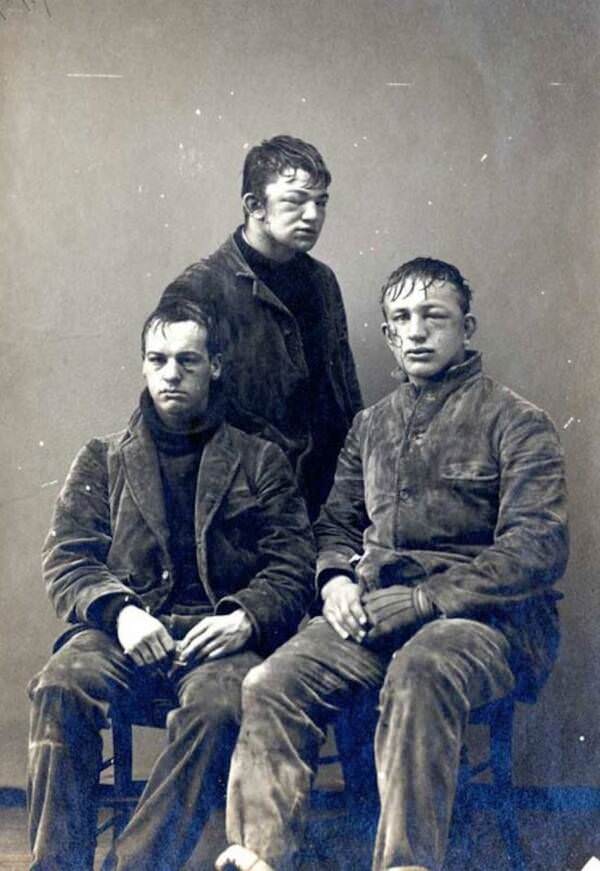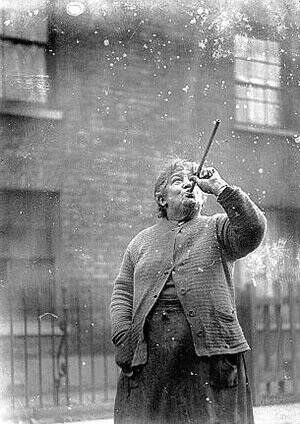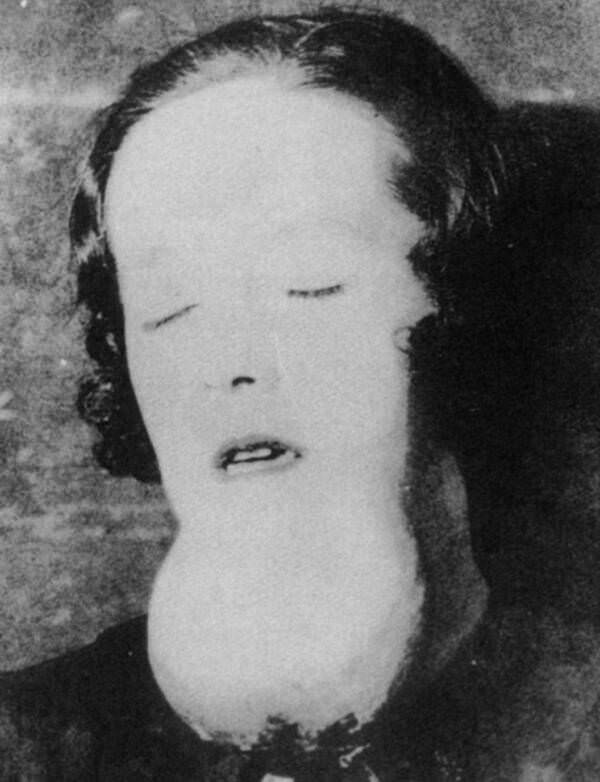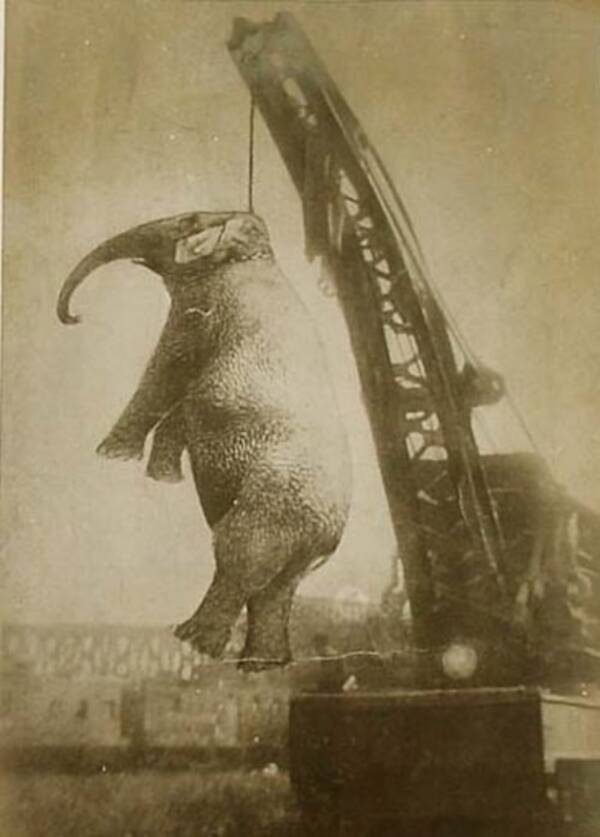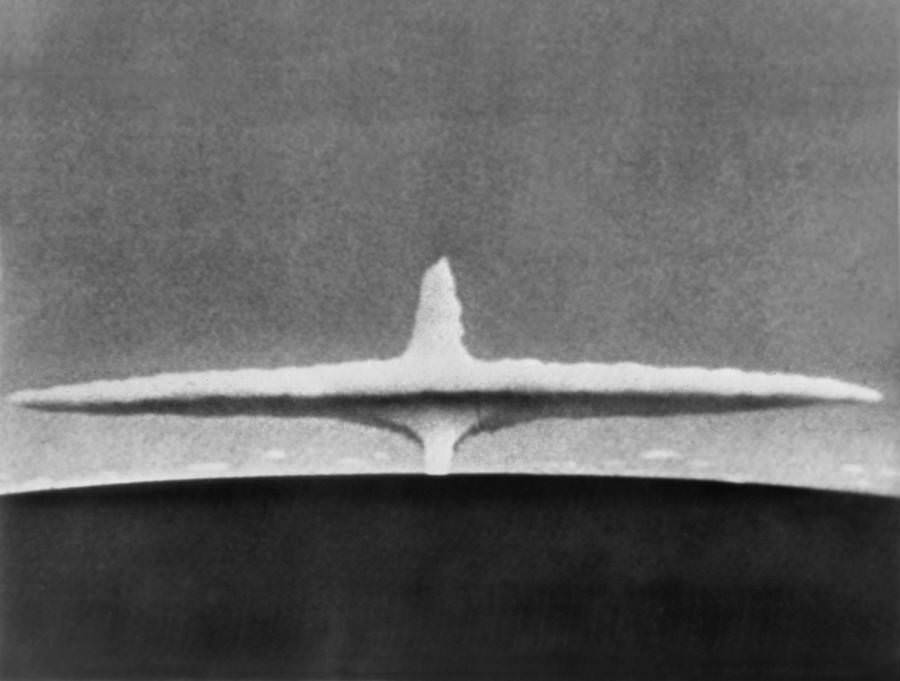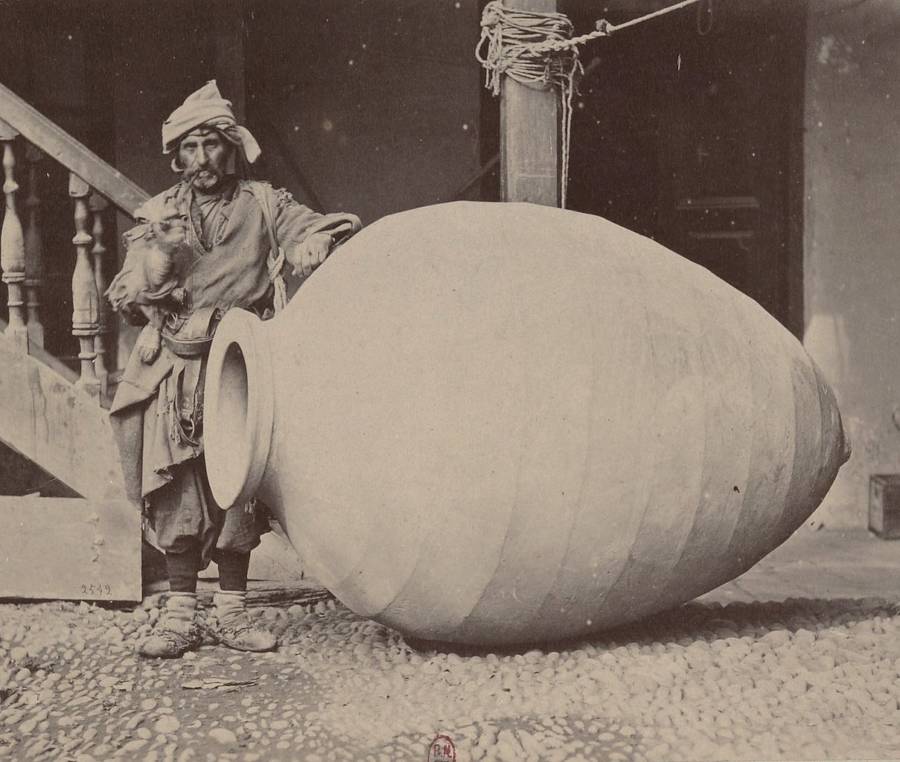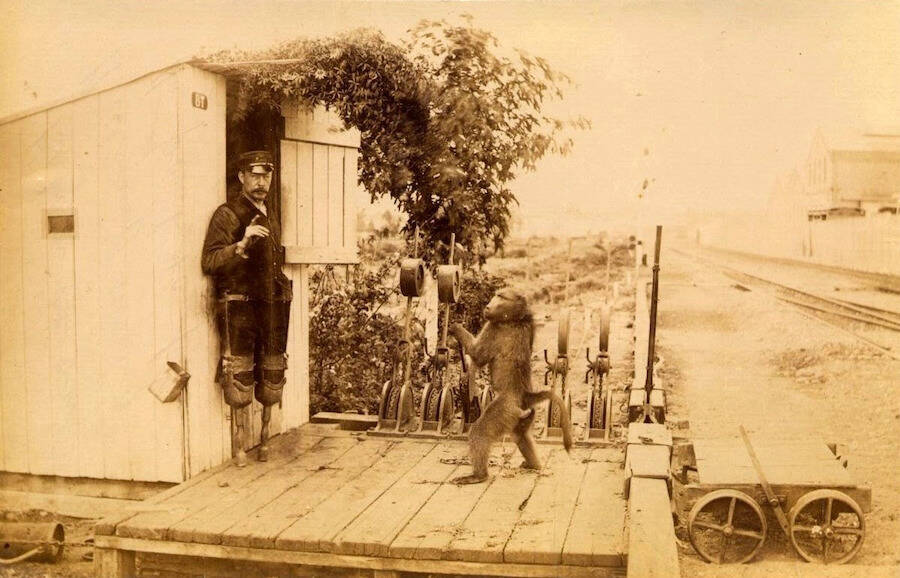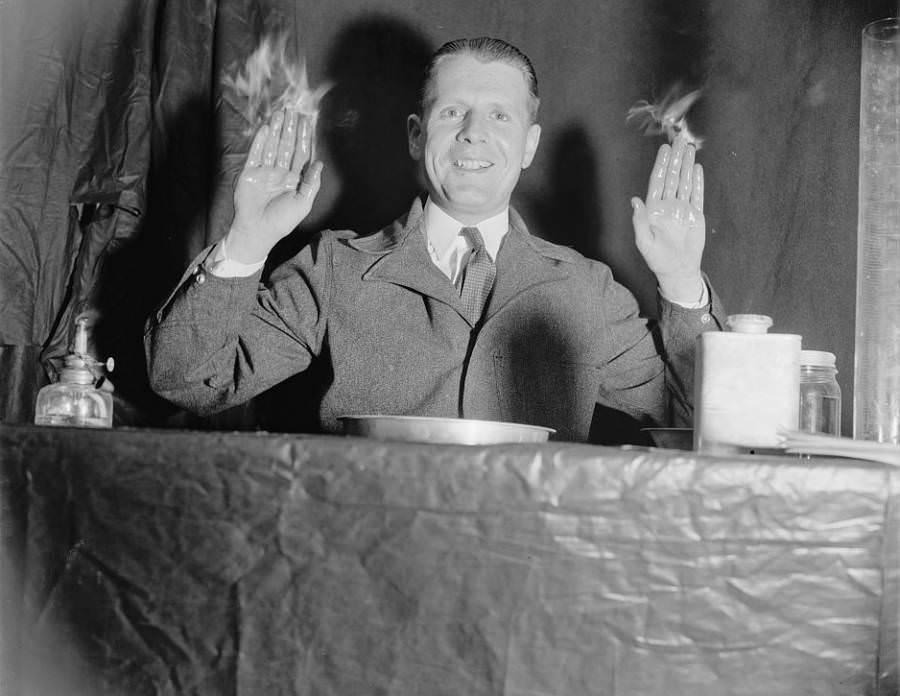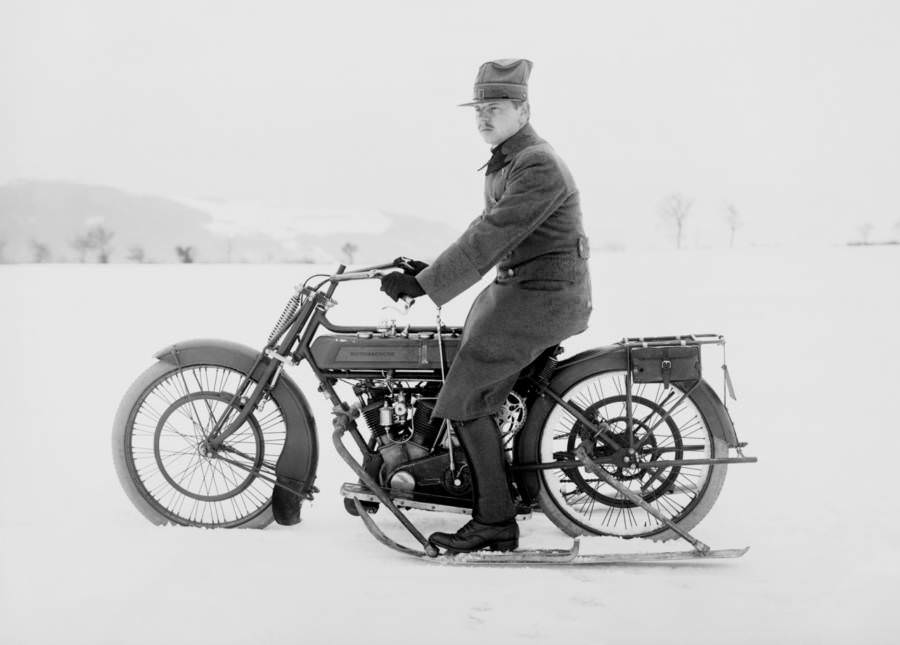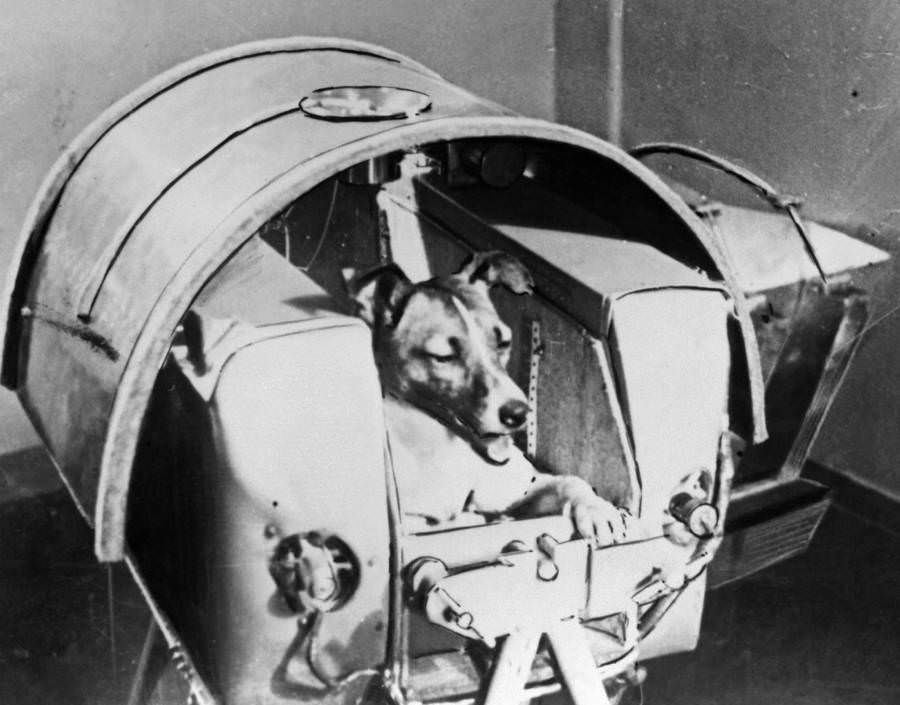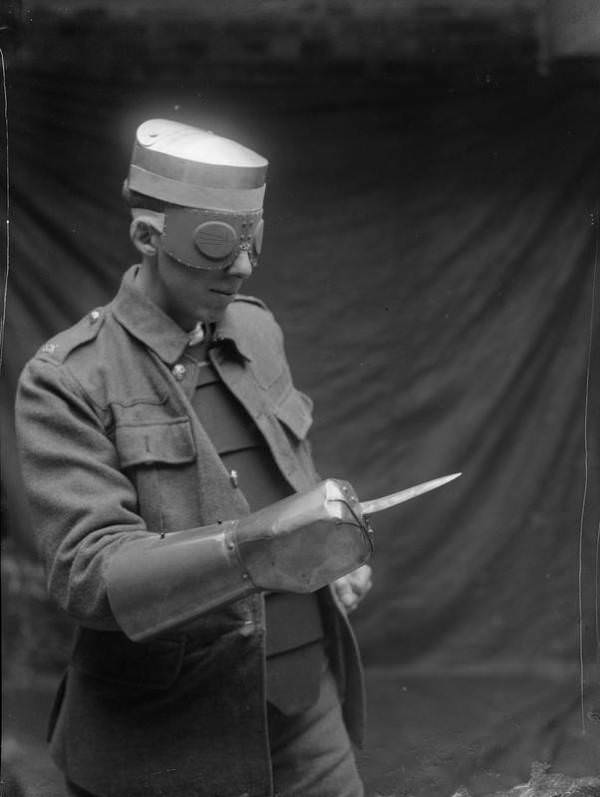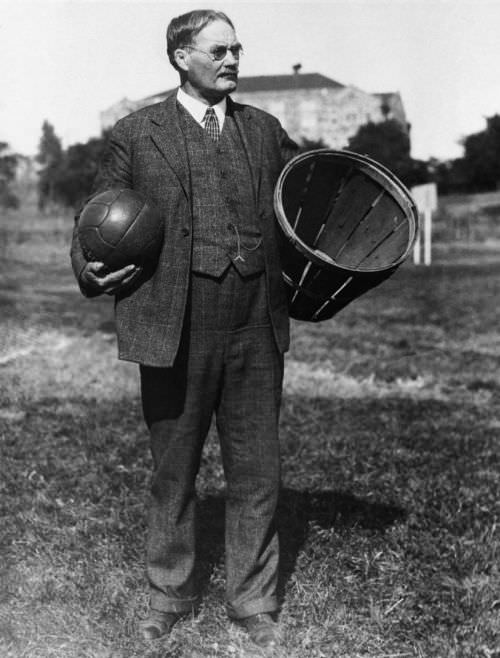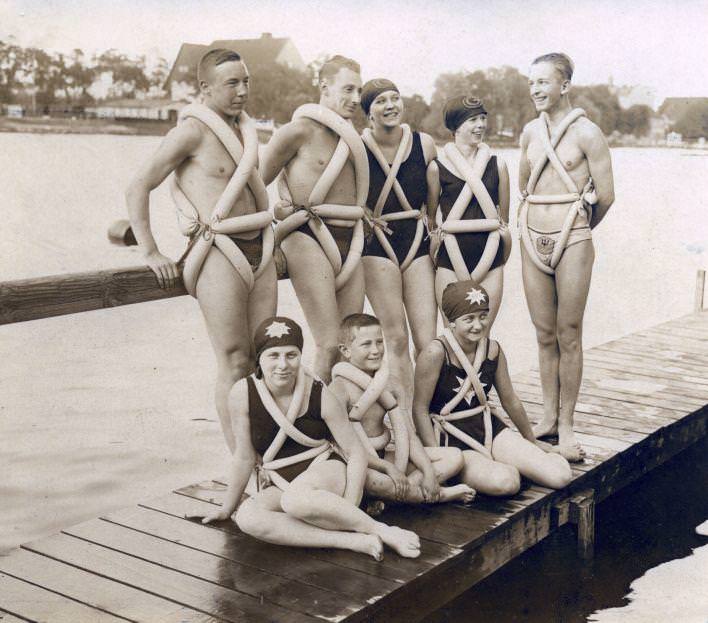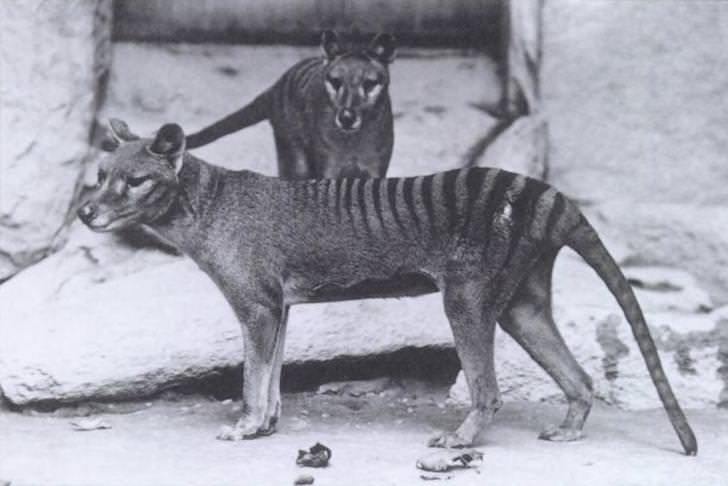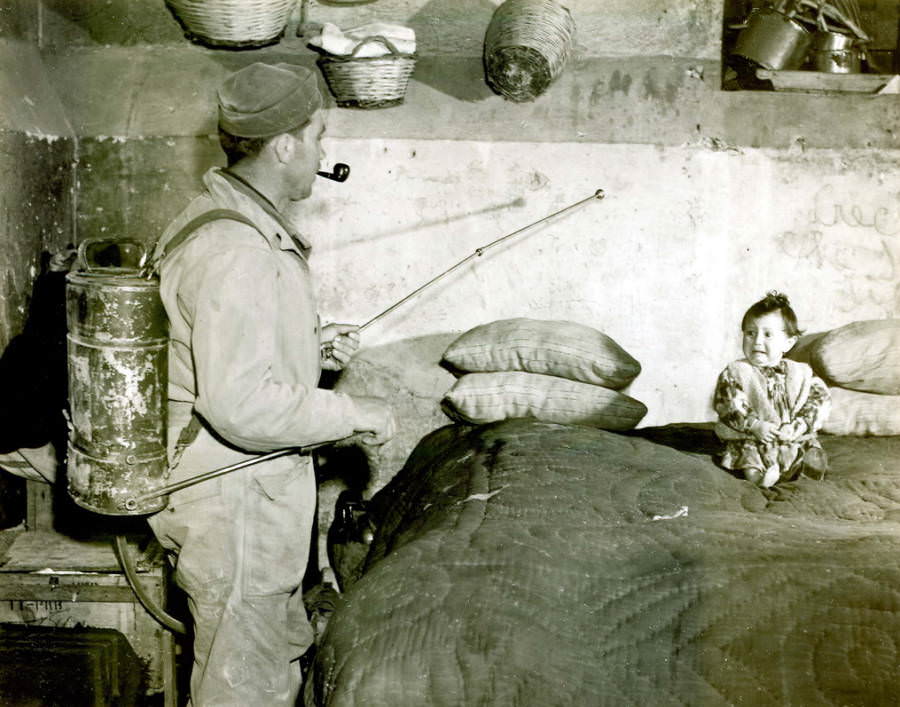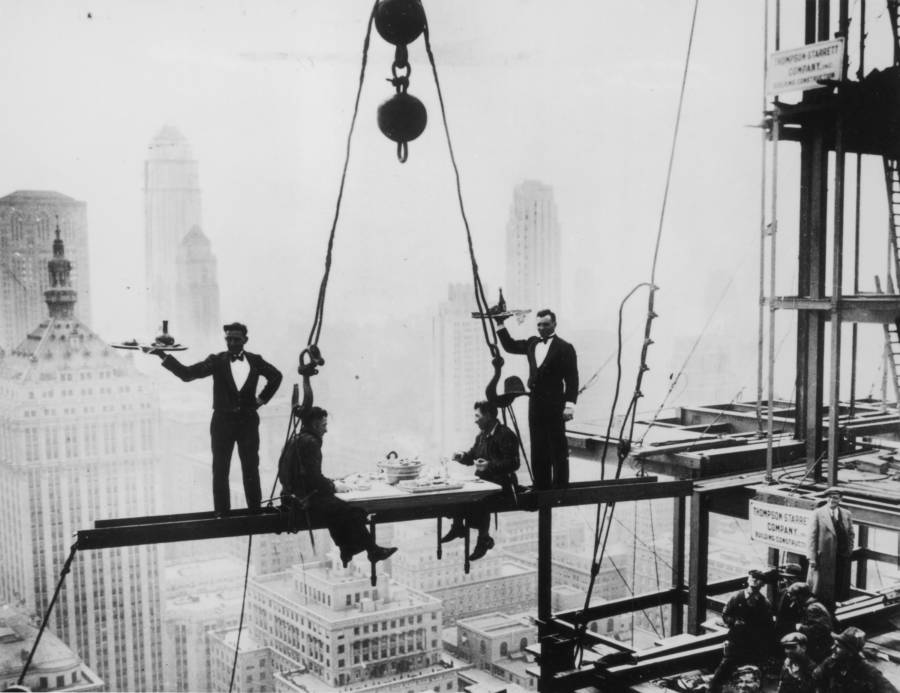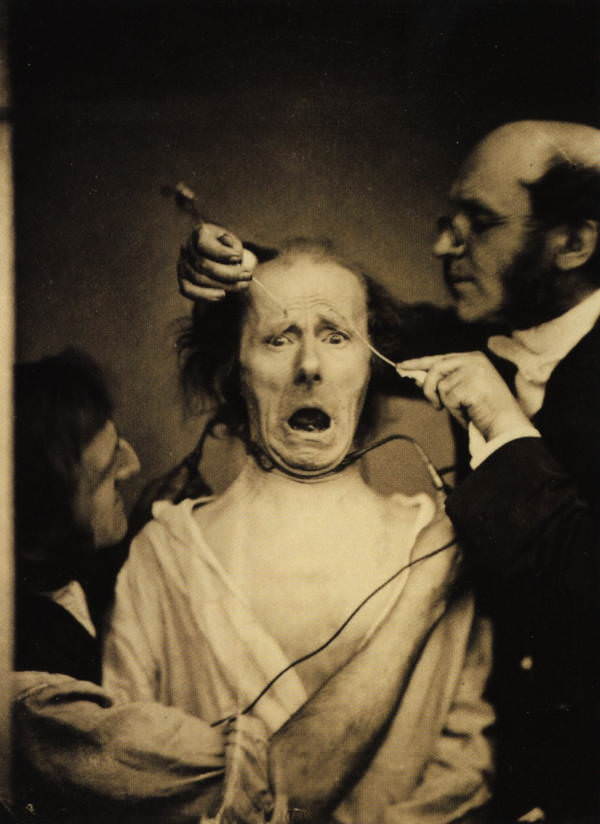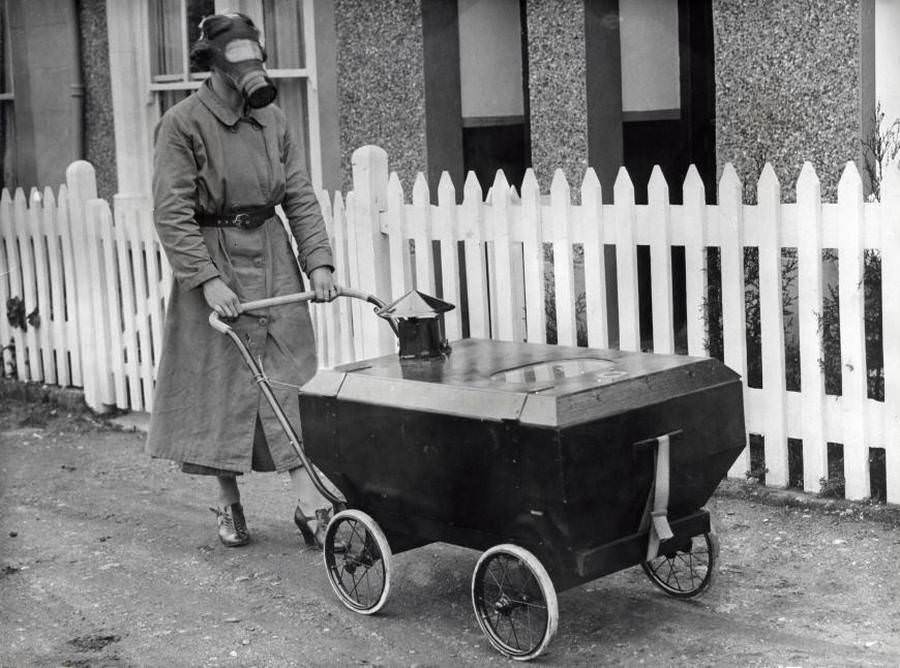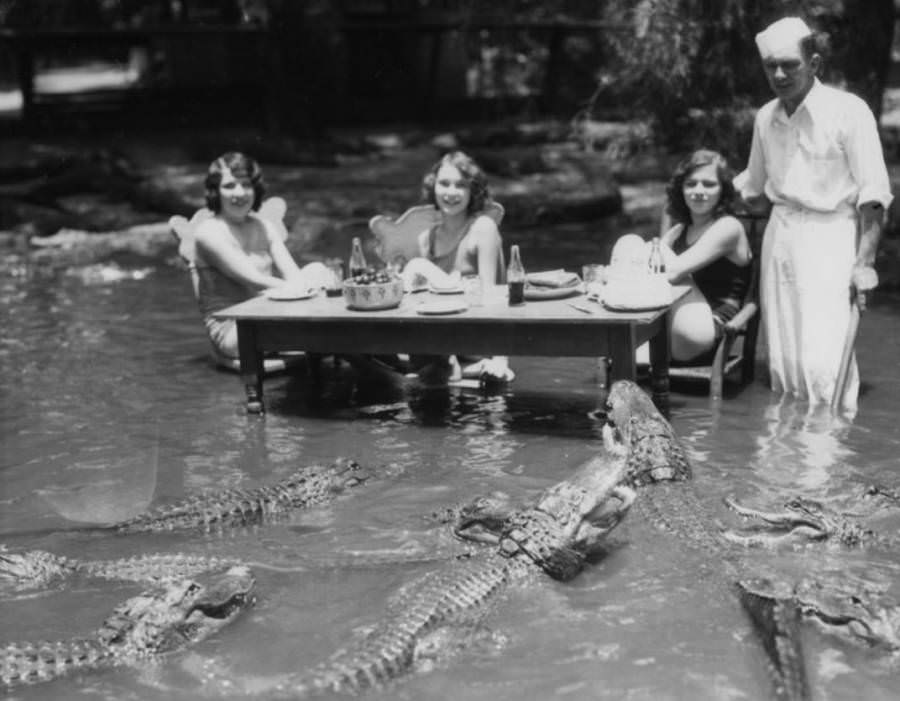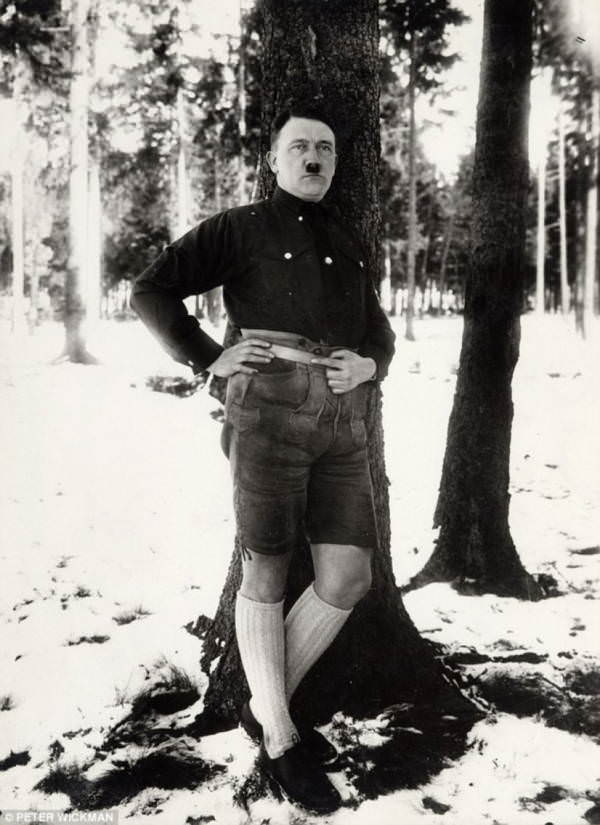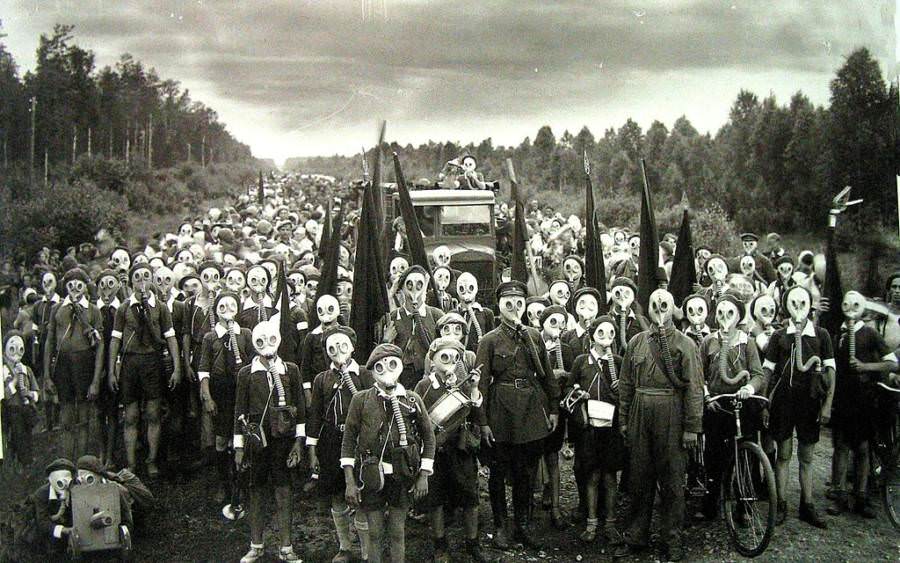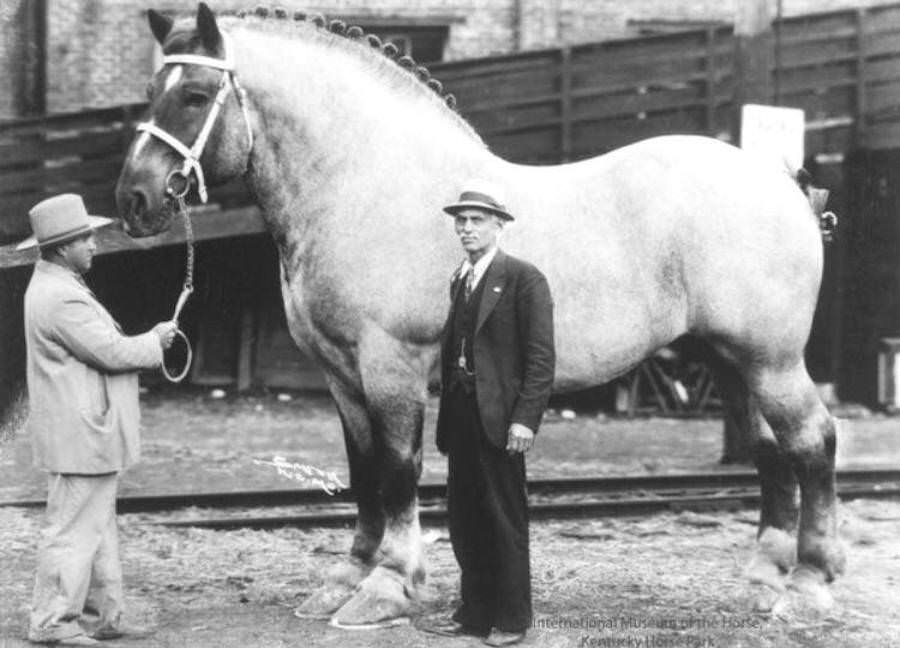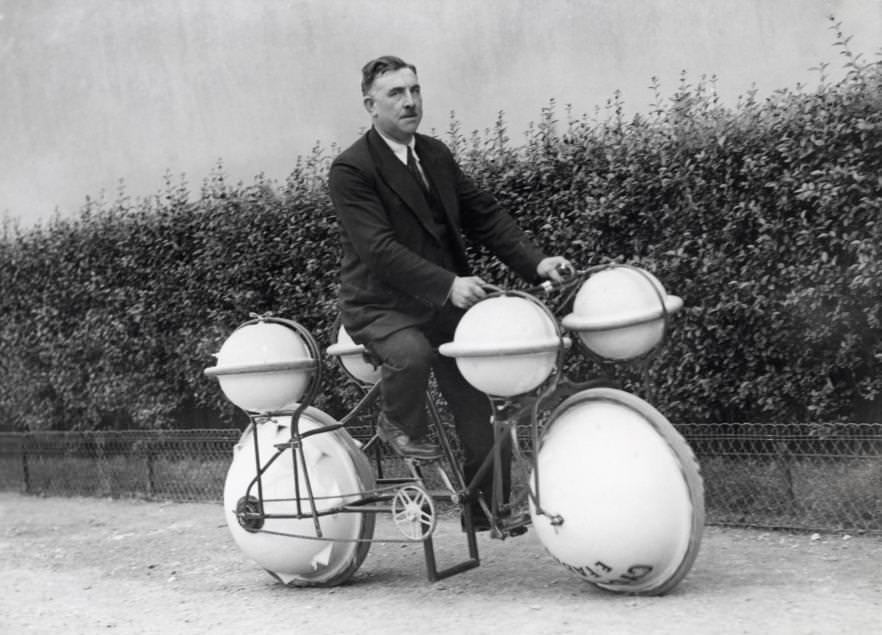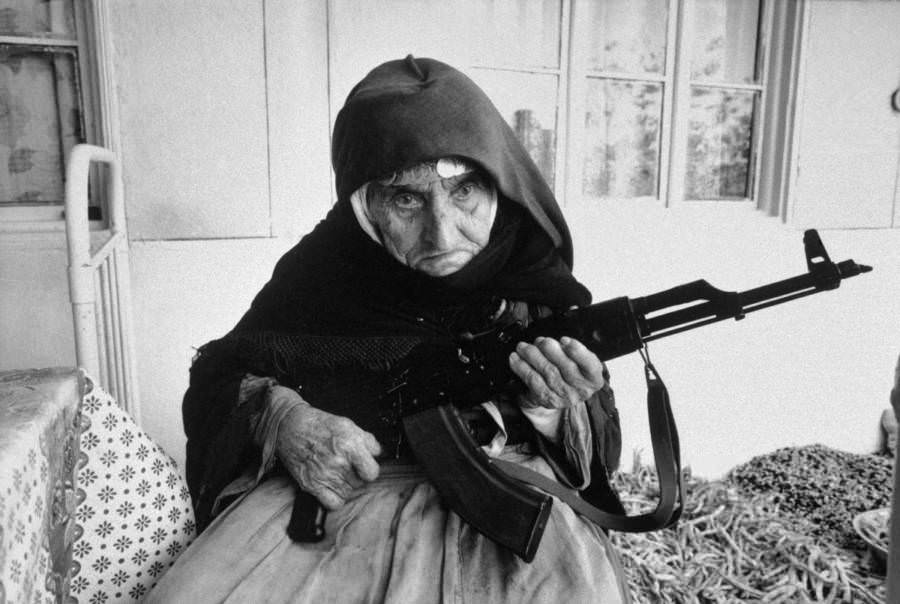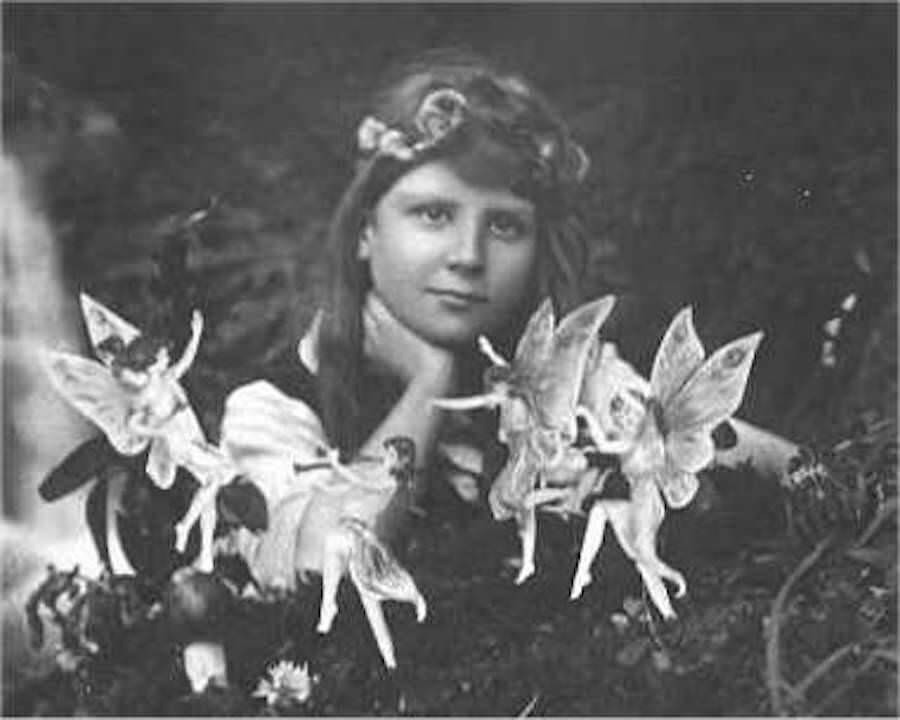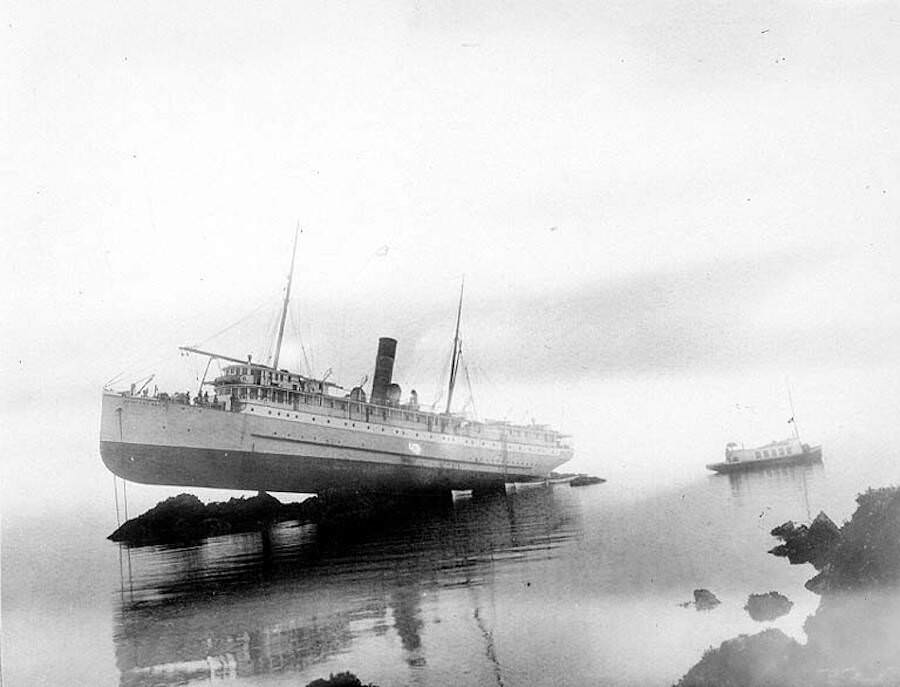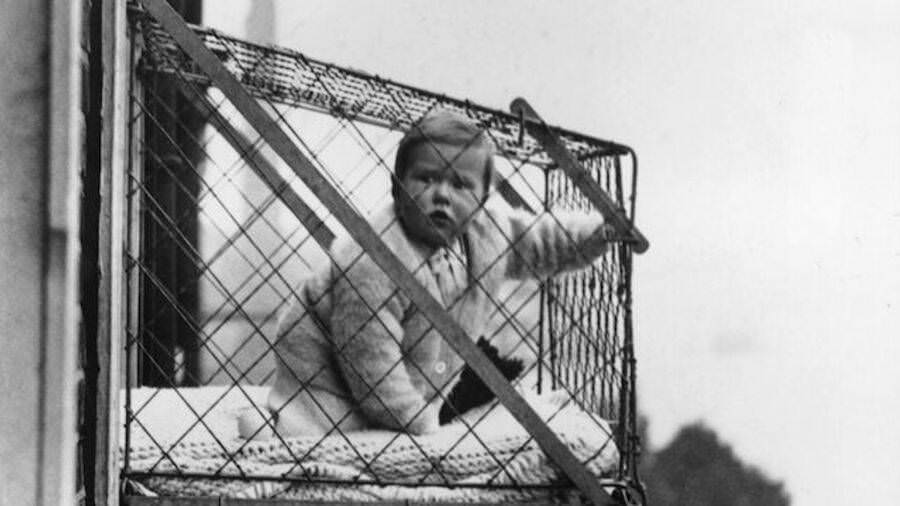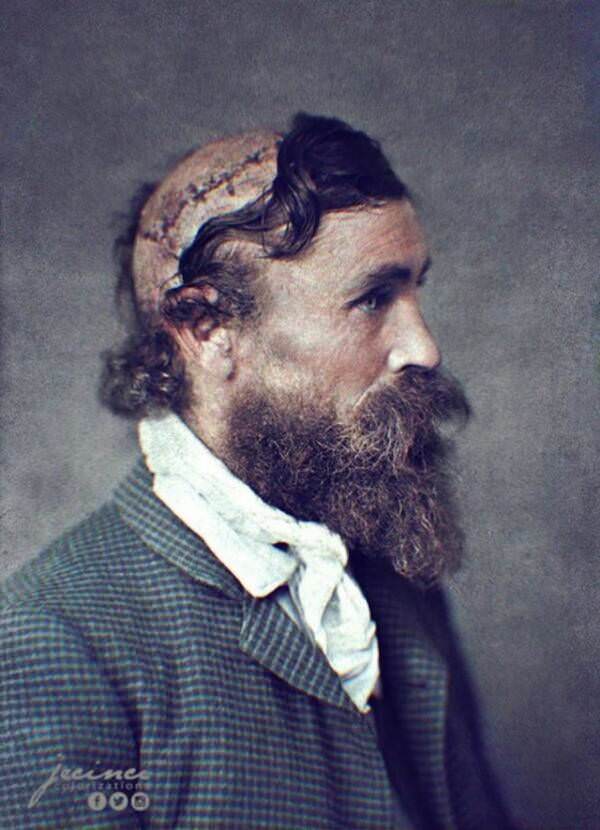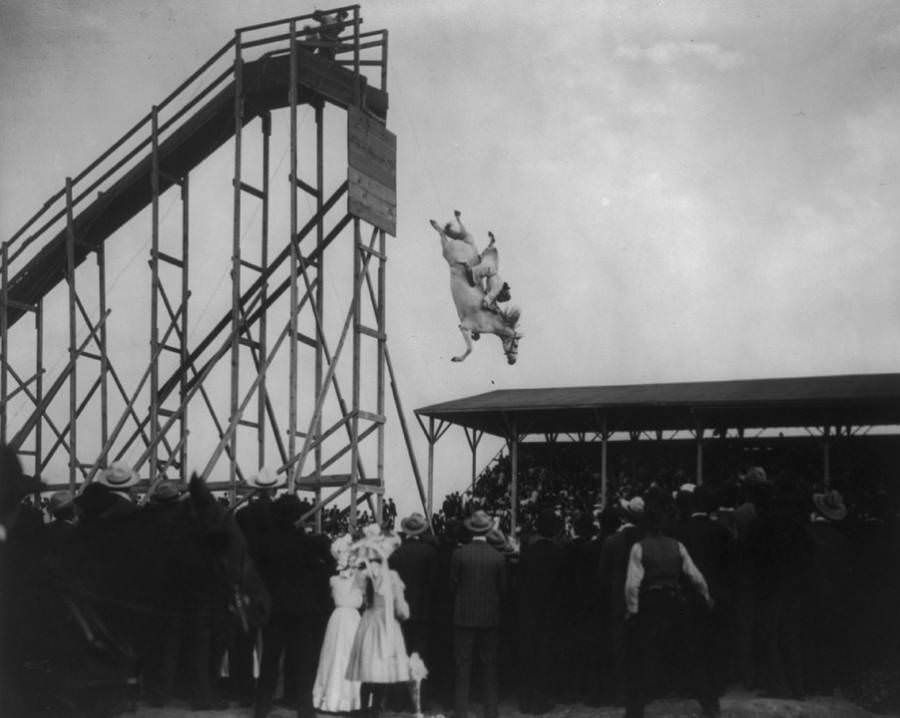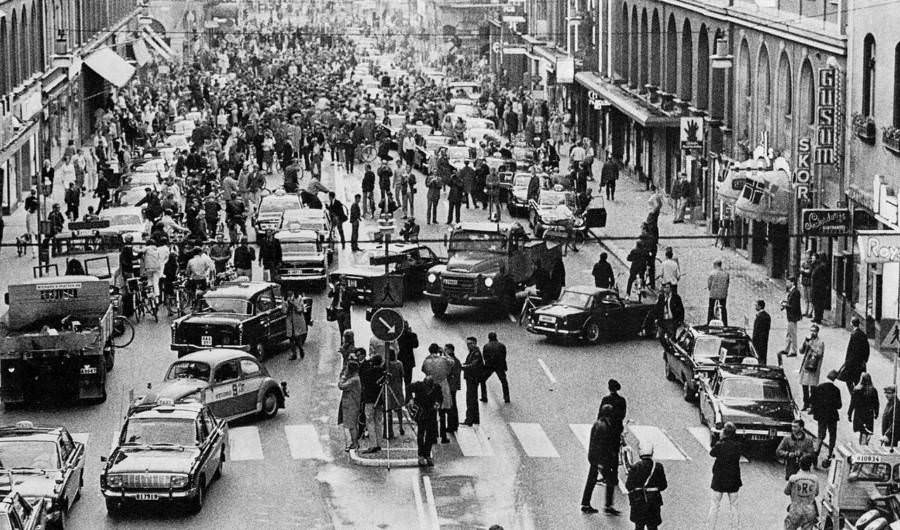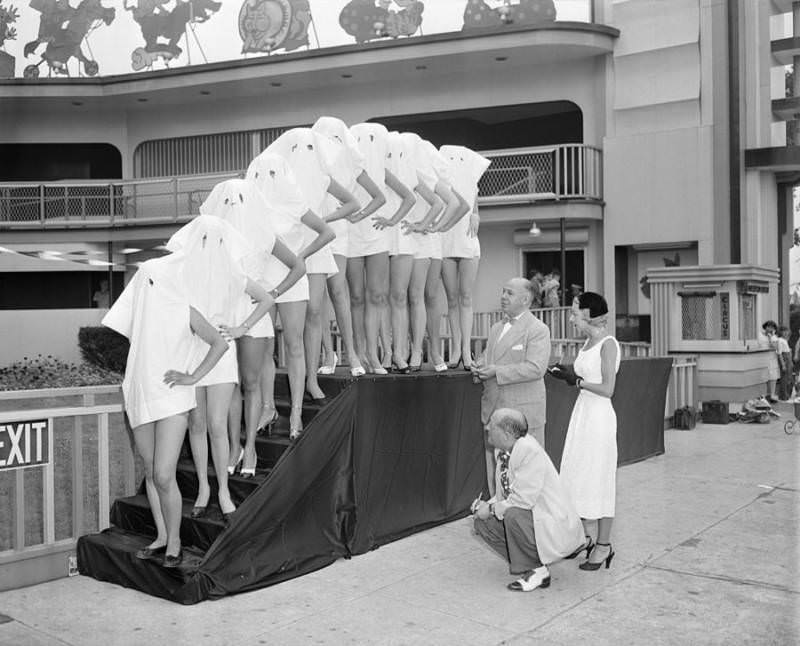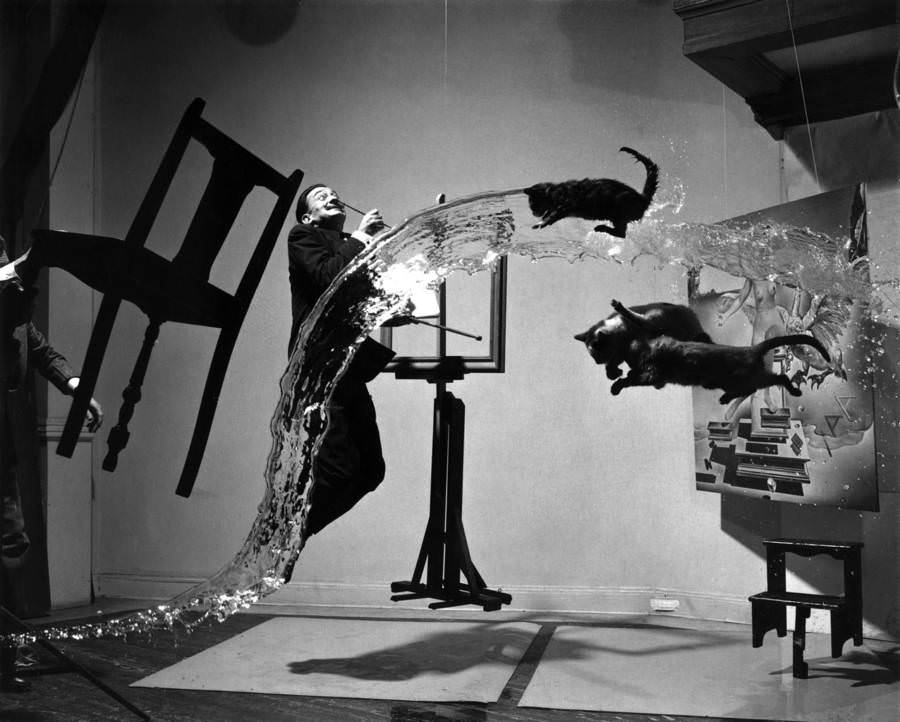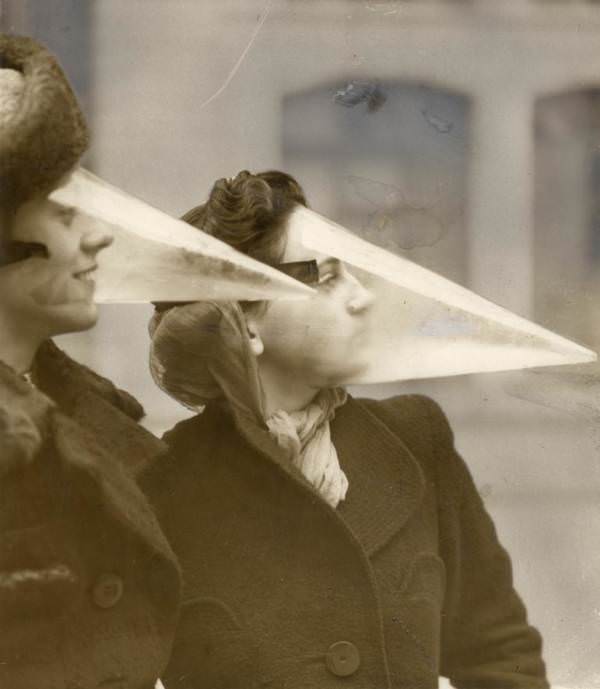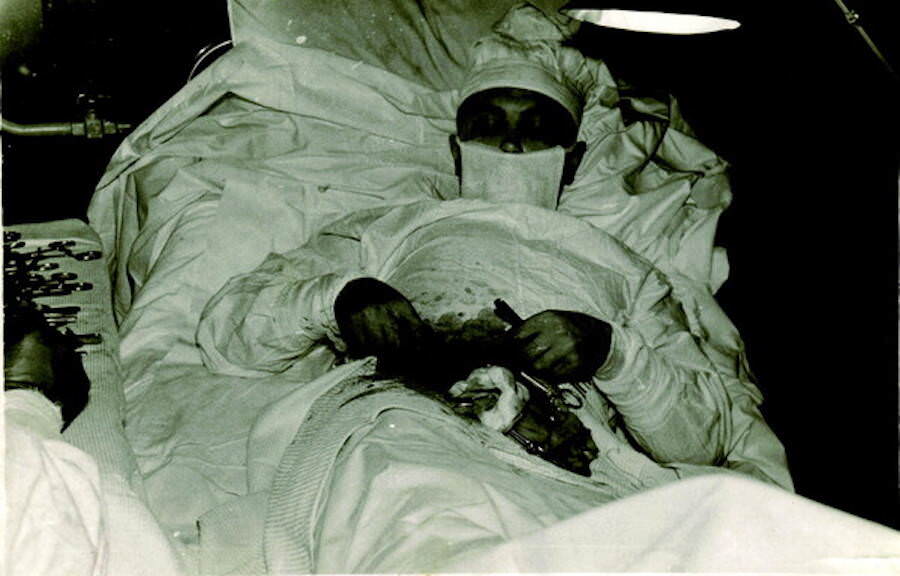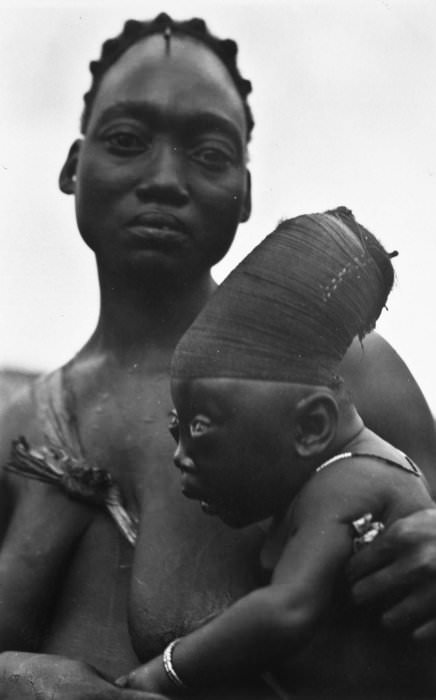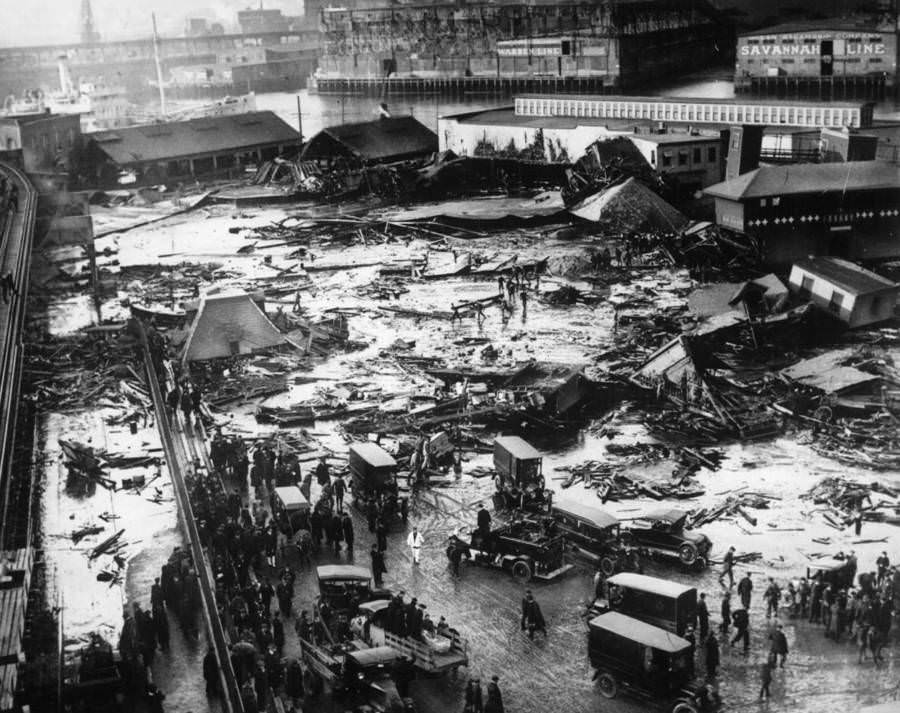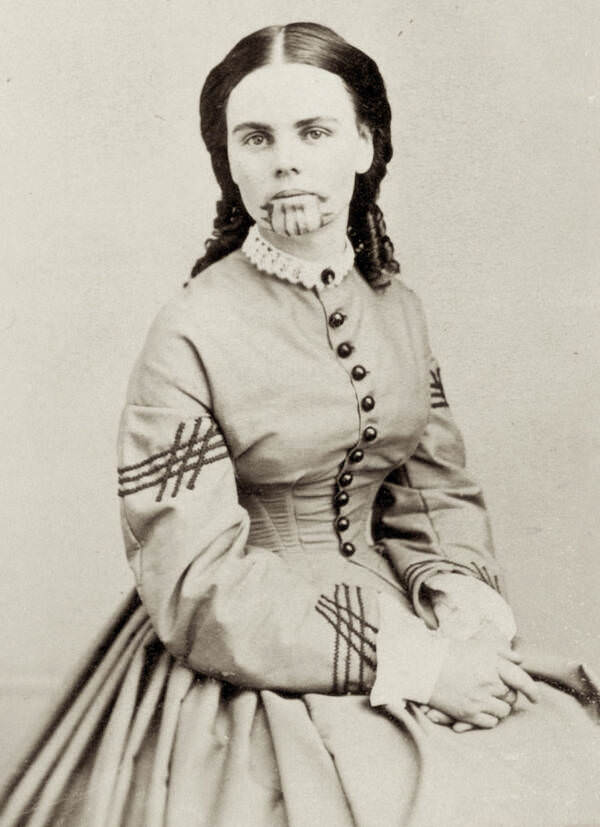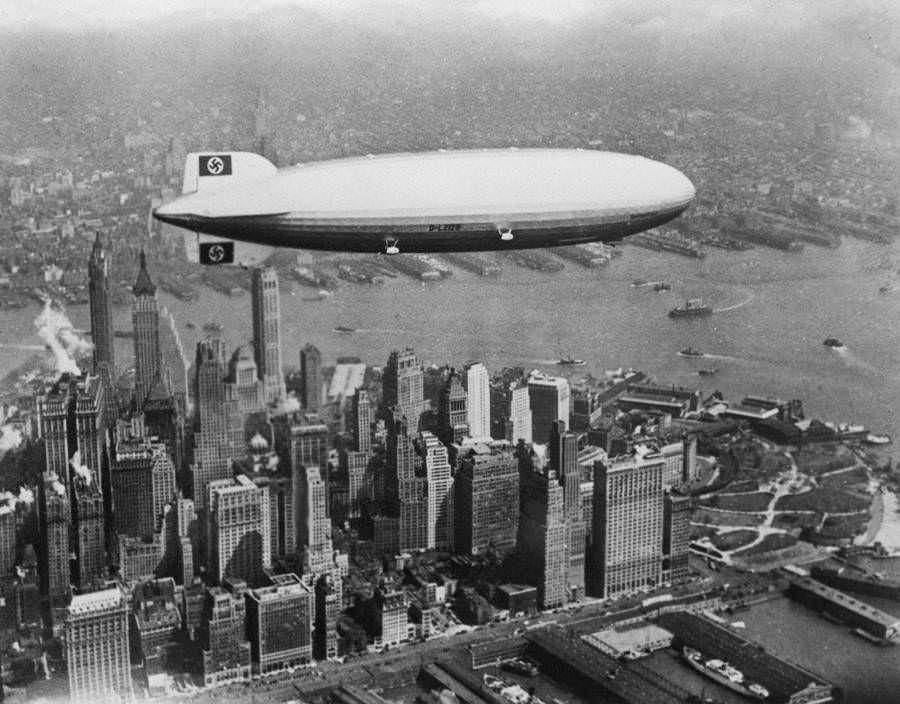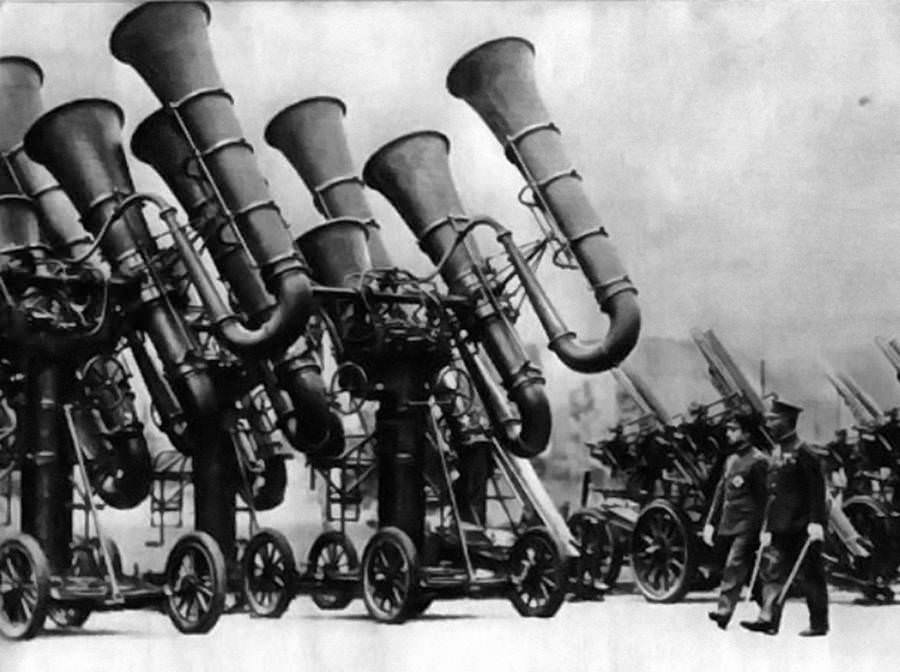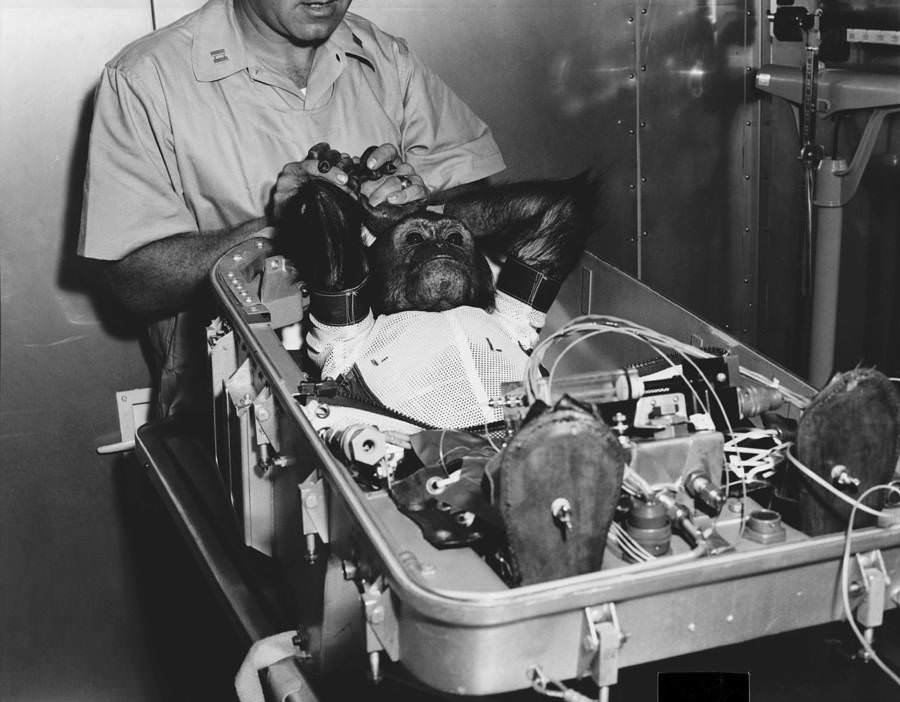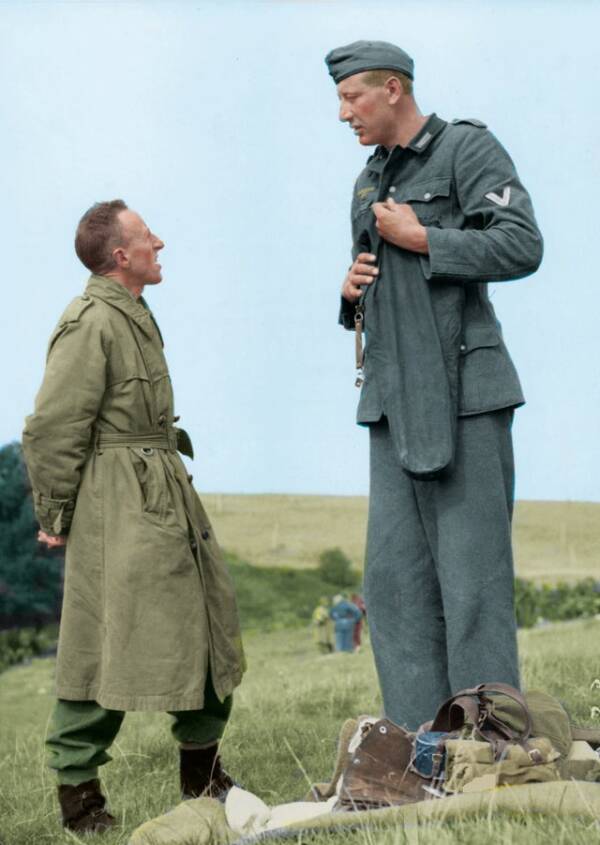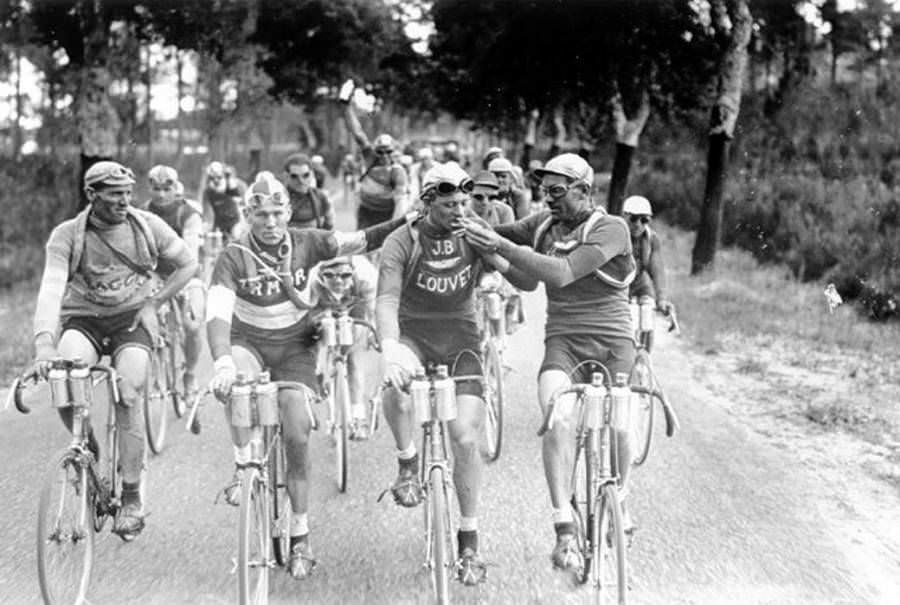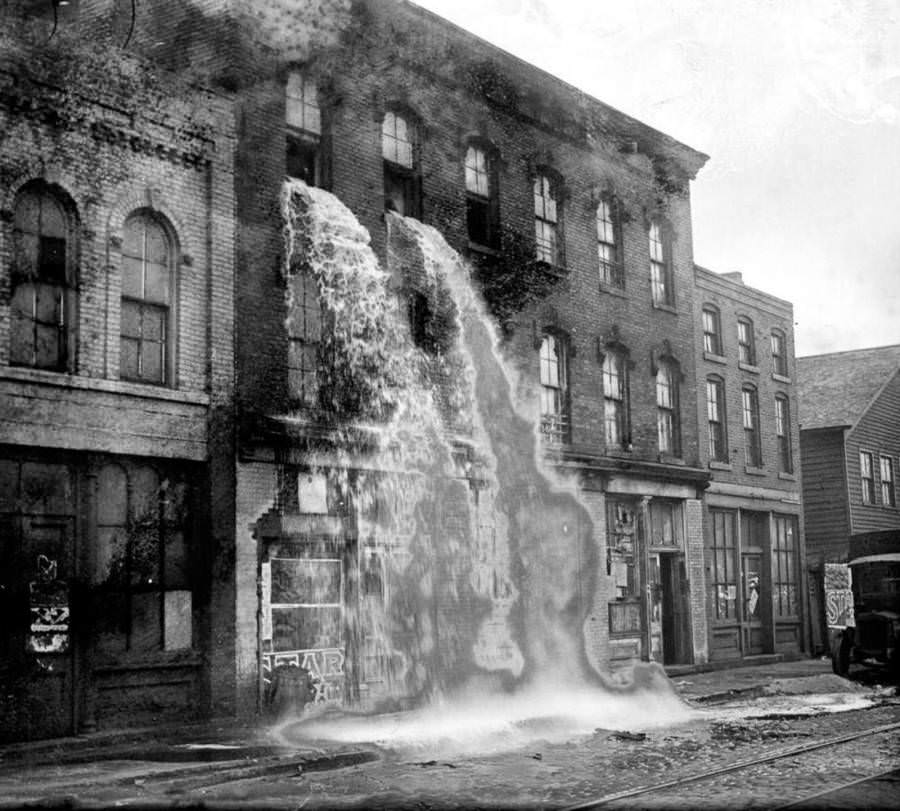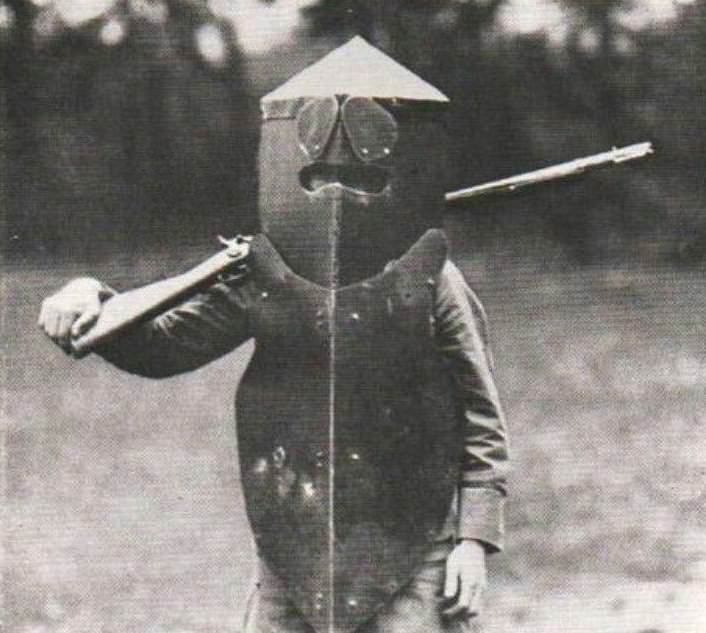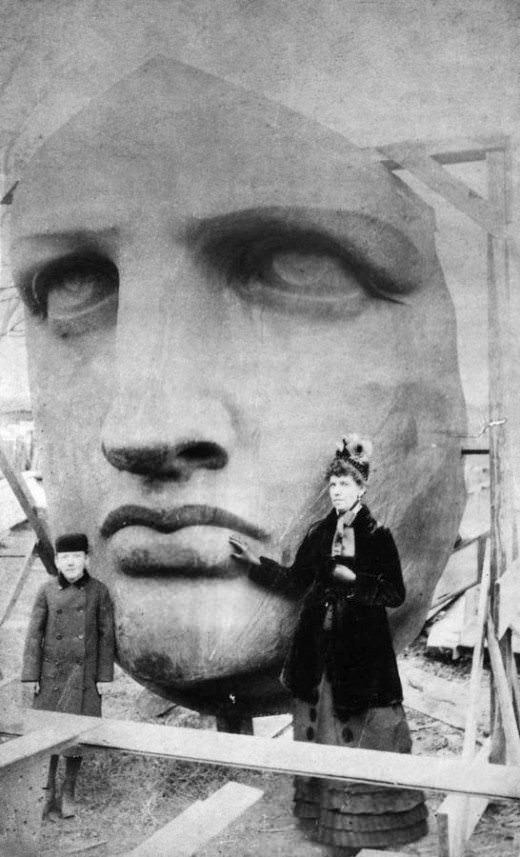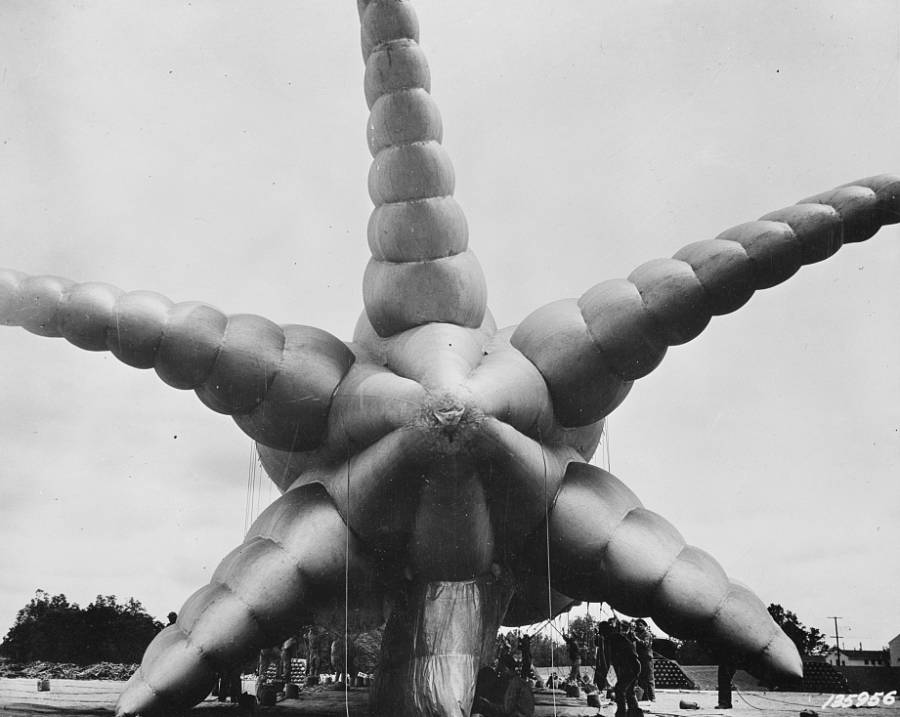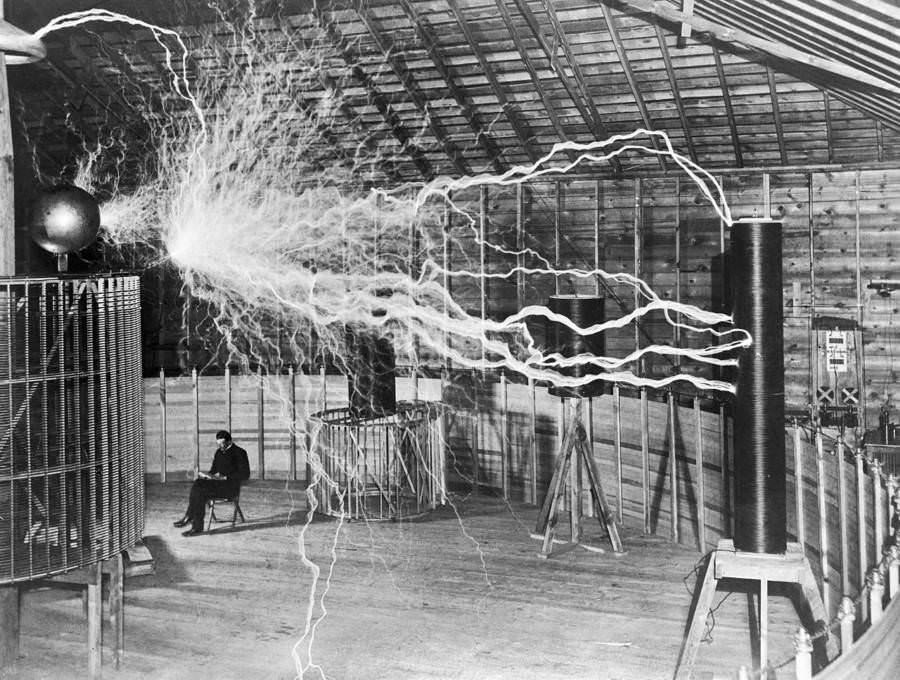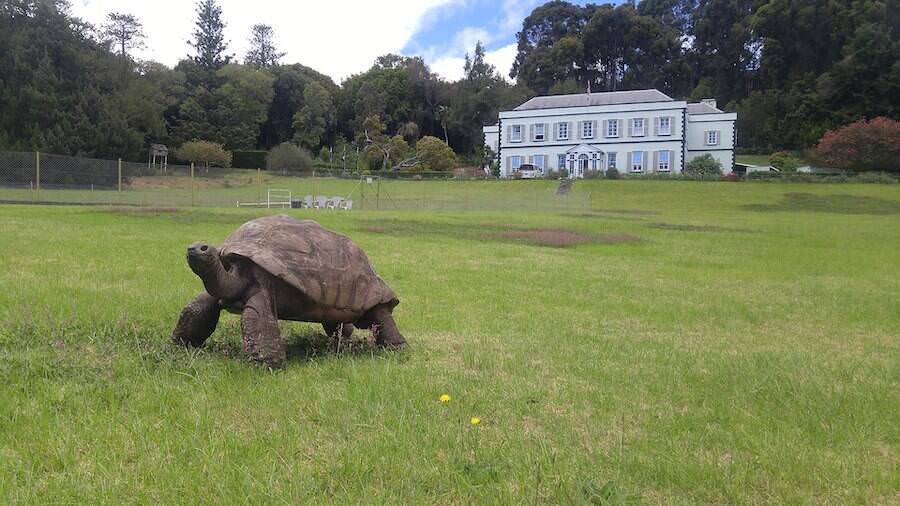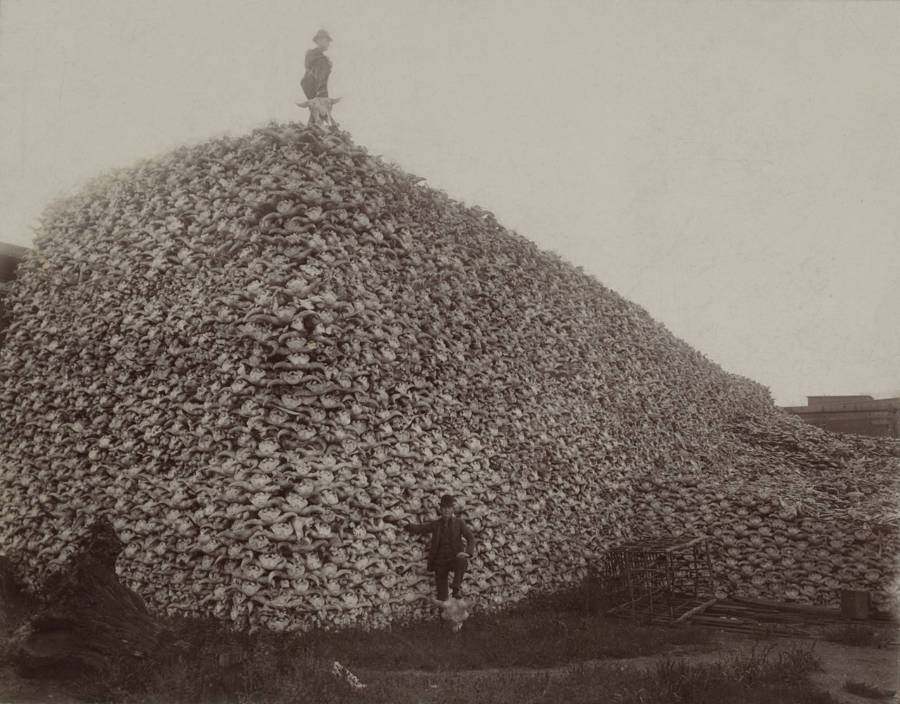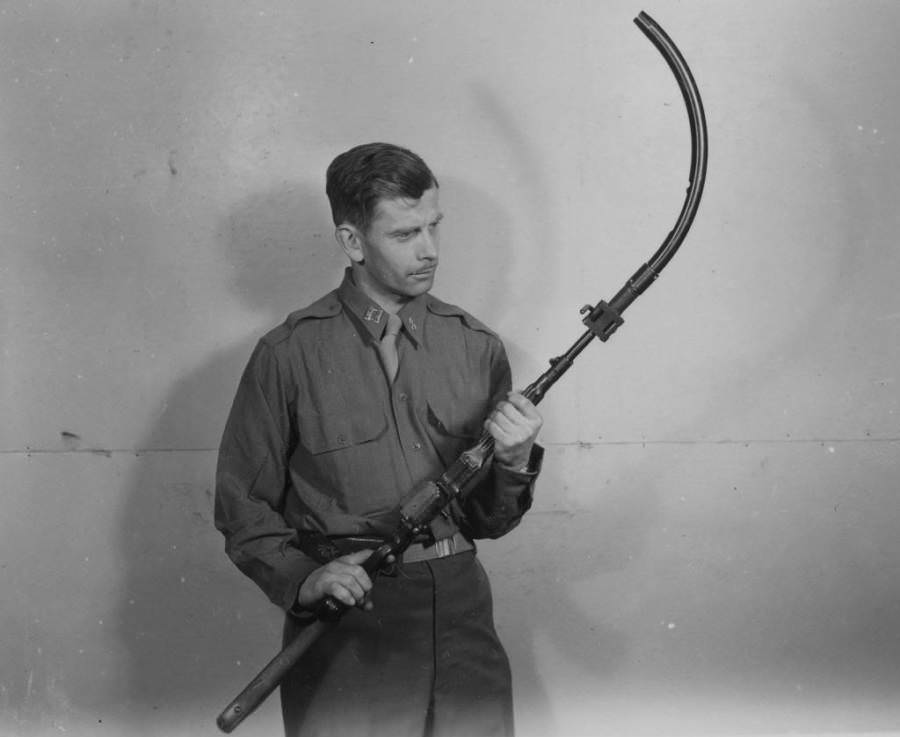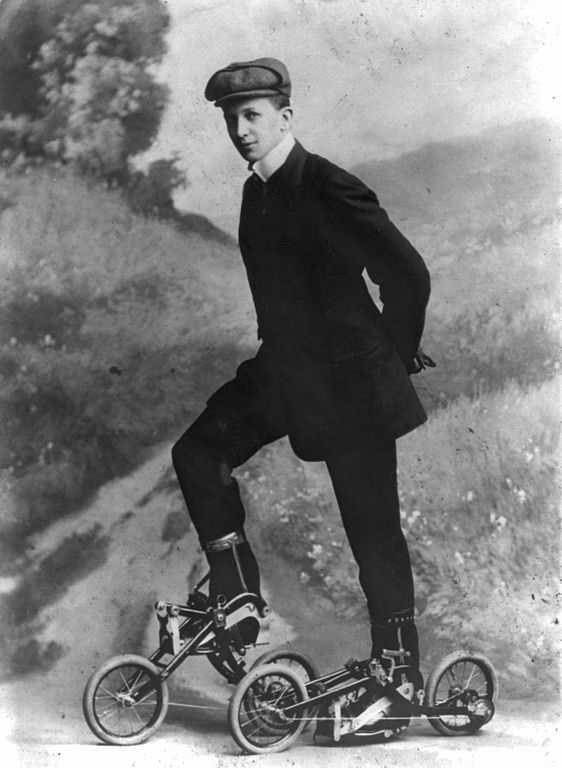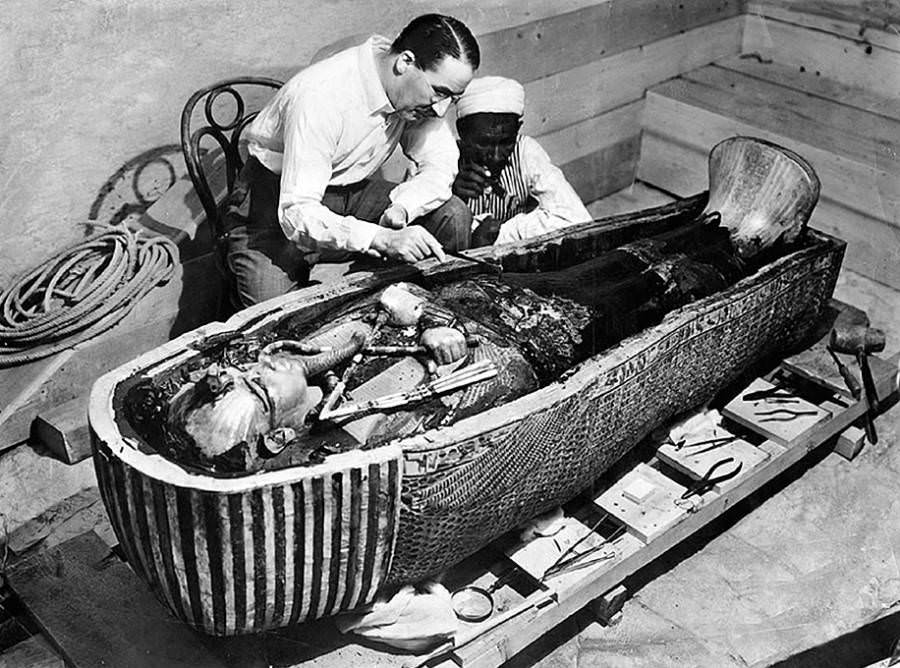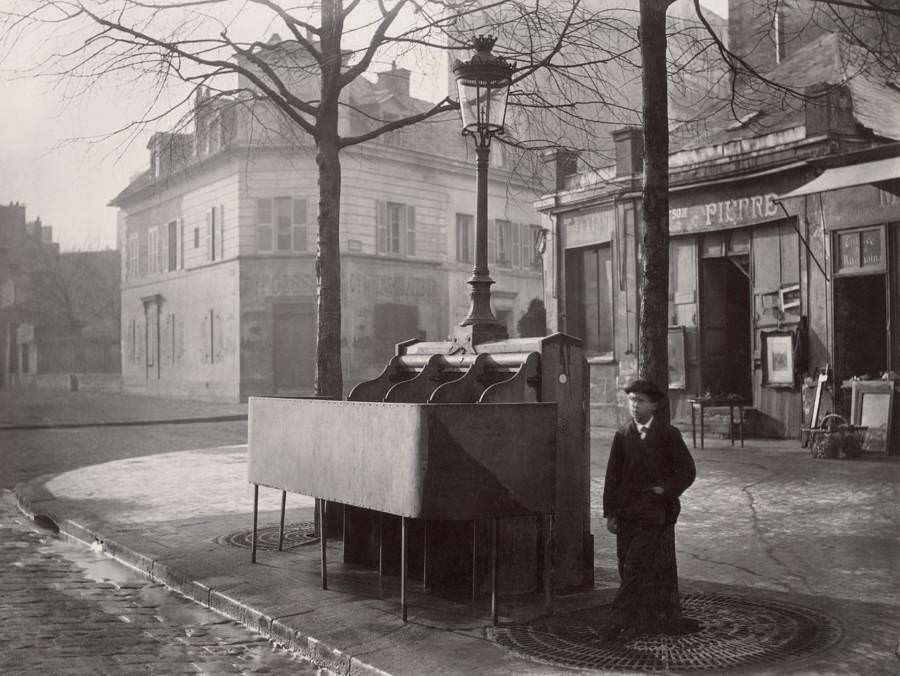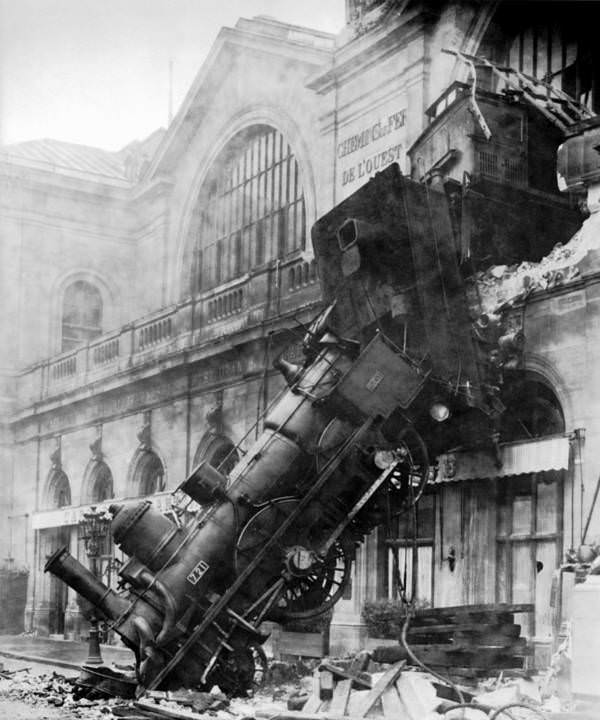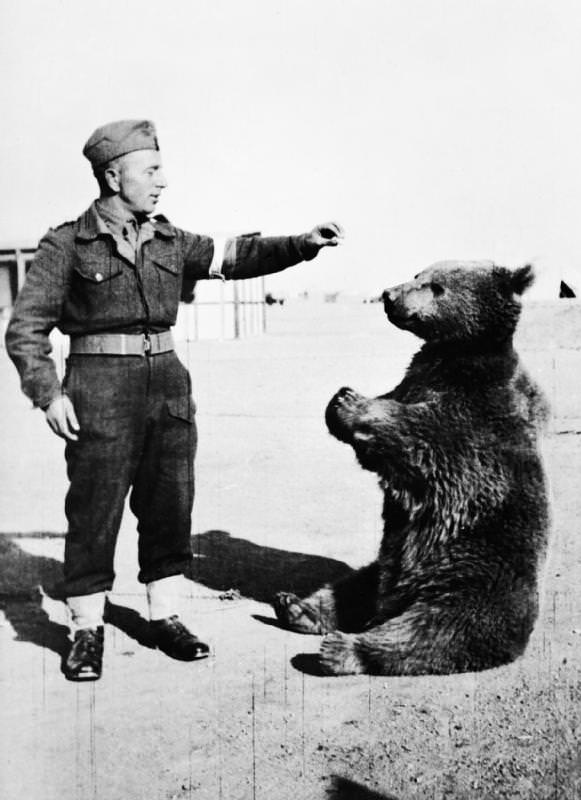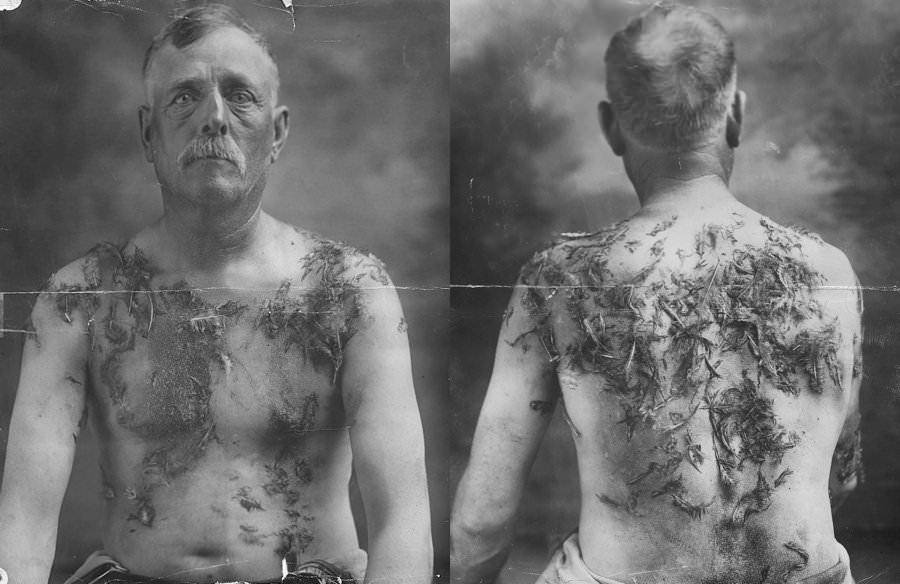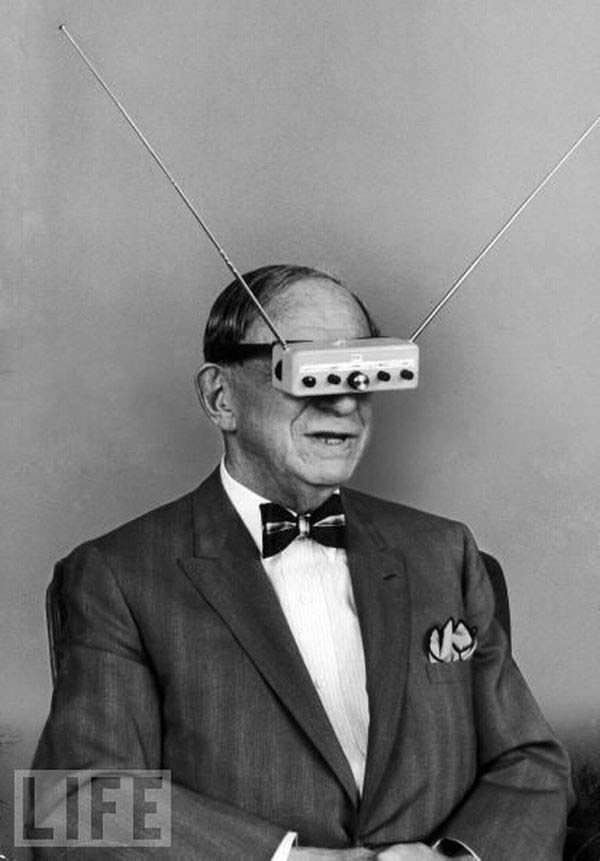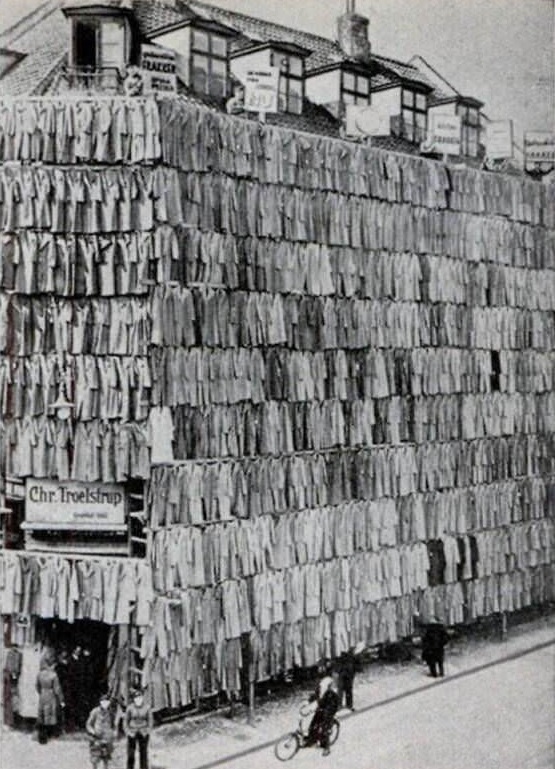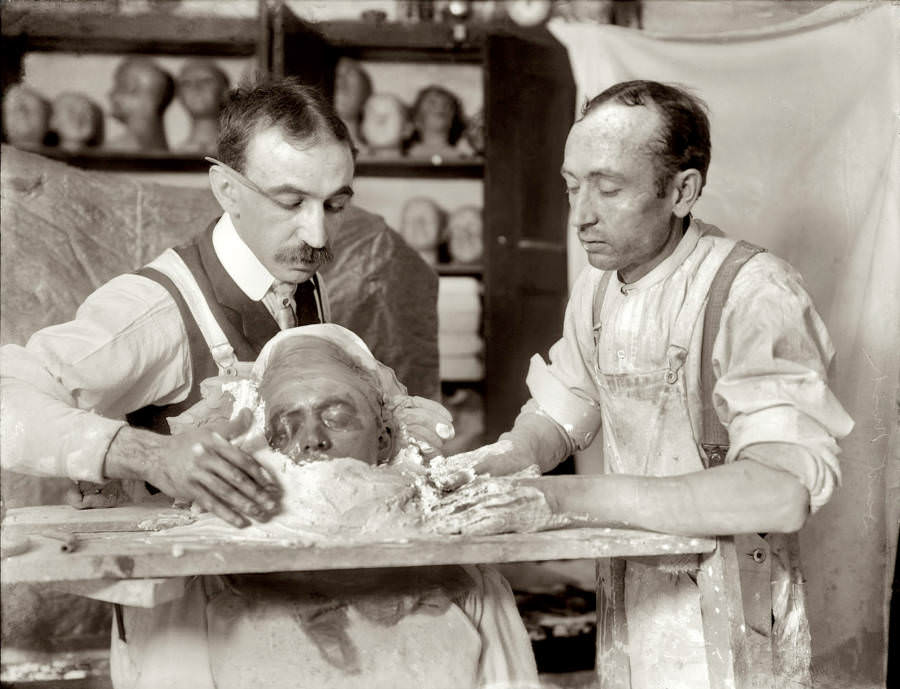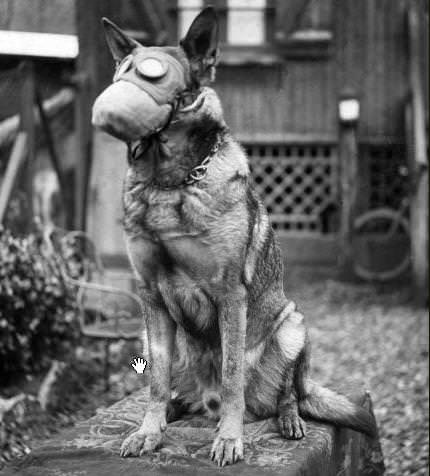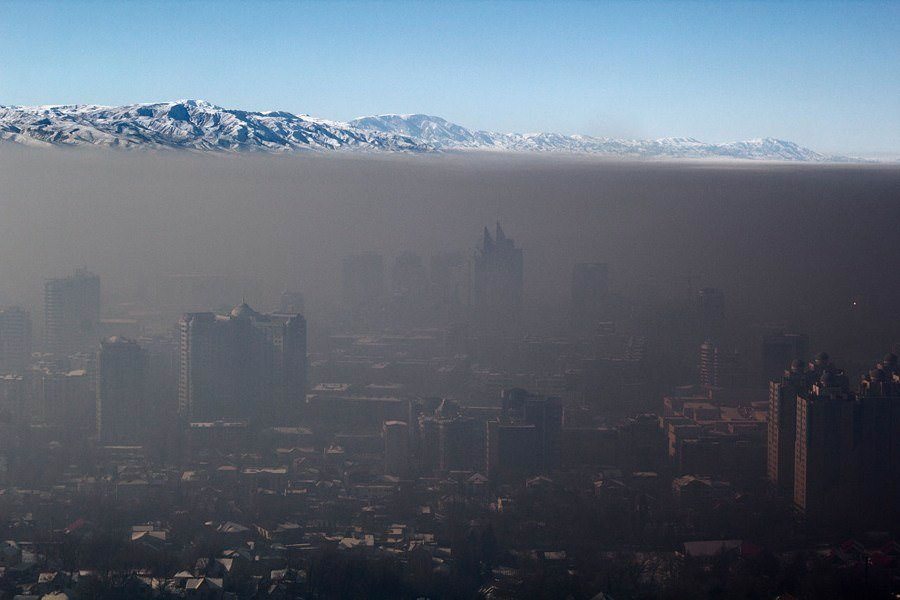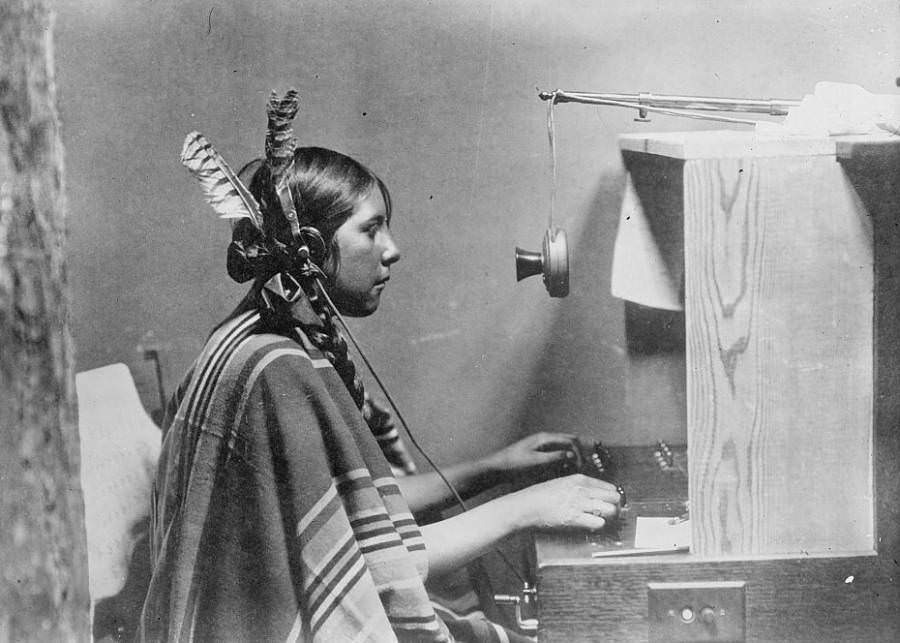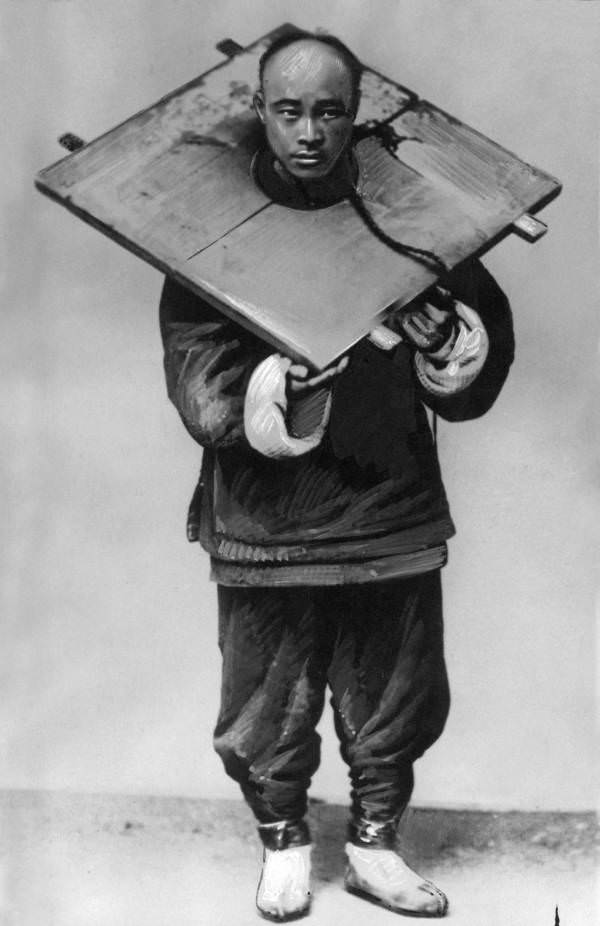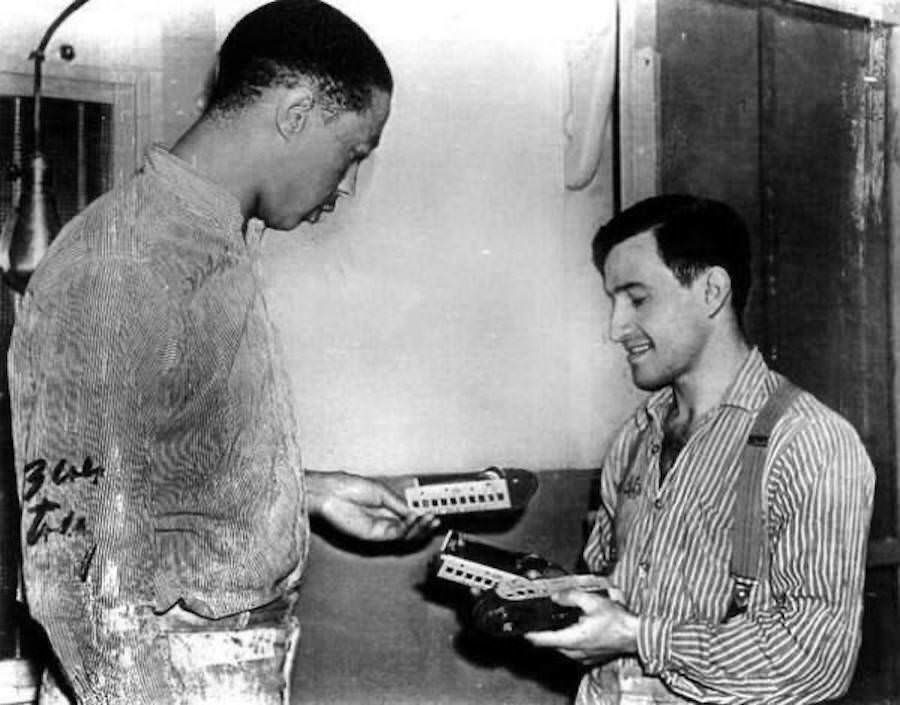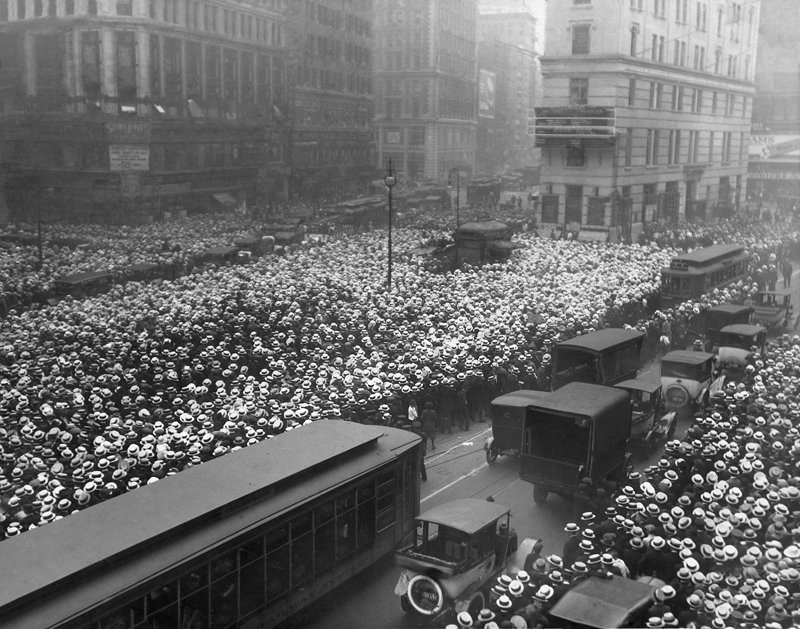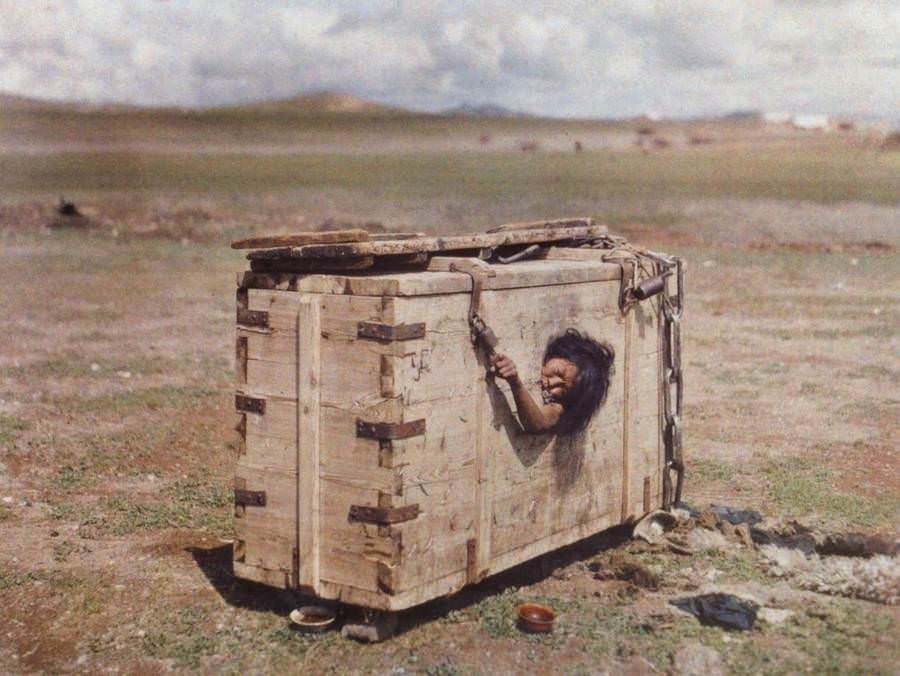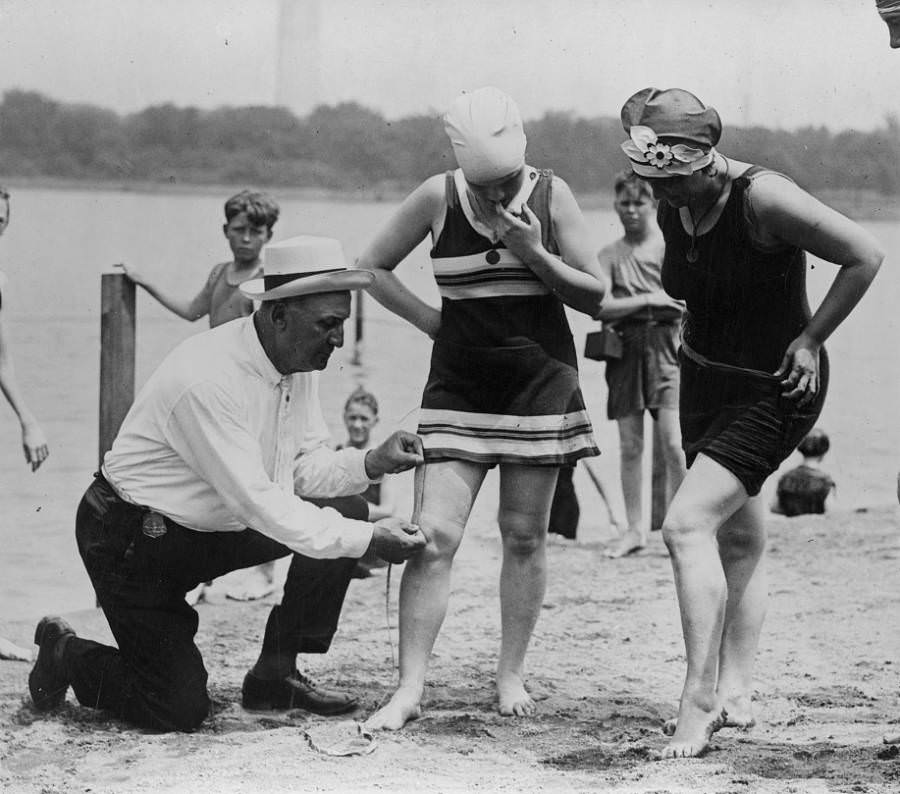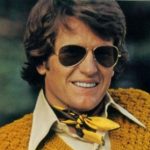Photography has been a way for people to capture and remember moments in history. But among the millions of photographs taken, there are some that stand out as strange and bizarre. These photographs capture unexplained phenomena or unidentified subjects, sparking debates and fascinations.
Some photographs depict strange creatures that have never been proven to exist, yet they continue to be a topic of interest and debate. Other photos showcase bizarre phenomena that have yet to be fully explained by science. Some photographs capture moments in history that have a mysterious background, and the identity of the subjects remains unknown.
These strange photographs have the power to capture our imagination and challenge our understanding of the world around us. They can make us question what is real and what is not, and they can spark debates and discussions among experts and laypeople alike.
Regardless of their origin or explanation, these strange and bizarre photographs from the past have left a lasting impact on our understanding of the world and continue to be a source of mystery and intrigue. These photographs may be debunked and proven to be hoaxes but they have left a lasting impact on our understanding of the world around us and continue to be a source of mystery and intrigue. They remind us that there is still much to be discovered and understood about the world, and they inspire us to keep searching for answers.
#1 No one knows for sure why a hospital cleaning lady named Harriet Cole decided to donate her body to science, but her amazing contribution — her nervous system — lives on to this day.
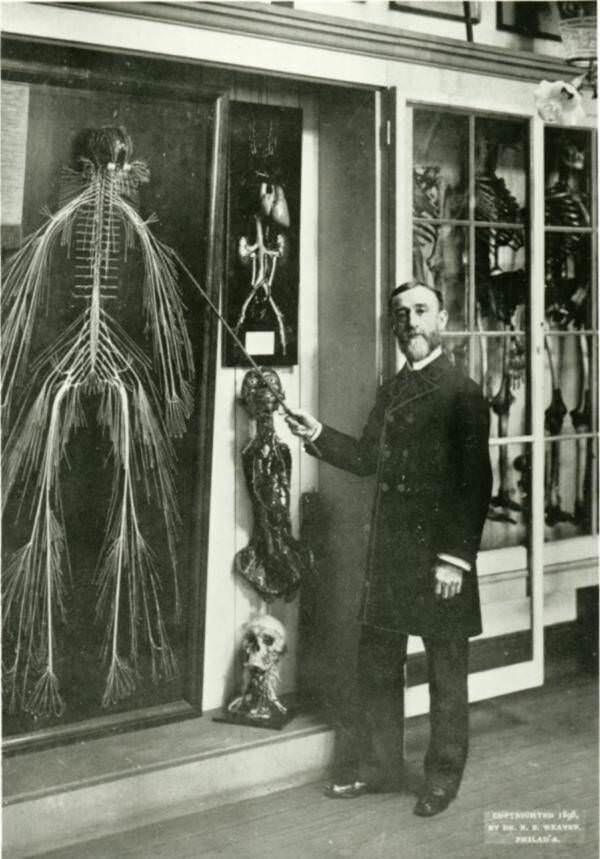
Shortly after Cole died in 1888, Dr. Rufus B. Weaver got straight to work on what would be a medical first: the removal and subsequent mounting of a person's entire nervous system. The painstaking process took six months, but once it was complete it became an invaluable teaching tool — not to mention an exciting spectacle for aspiring physicians. Since then, this remarkable feat has only been successfully replicated three times.
#2 Princeton University students after a snowball fight in 1893.
#3 During a time when alarm clocks were expensive and unreliable, a knocker-upper was often hired by British people to wake them up in alternative ways.
#4 Hundreds of young women who worked in watch factories throughout the 1920s were exposed to so much radium that they came home glowing in the dark.
#5 For years, Big Mary worked for the Sparks World Famous Shows traveling circus, where she entertained people from coast to coast.
#6 A Chinese woman whose feet were bound in the late 1800s.While foot binding mostly fell out of favor by the 1930s.
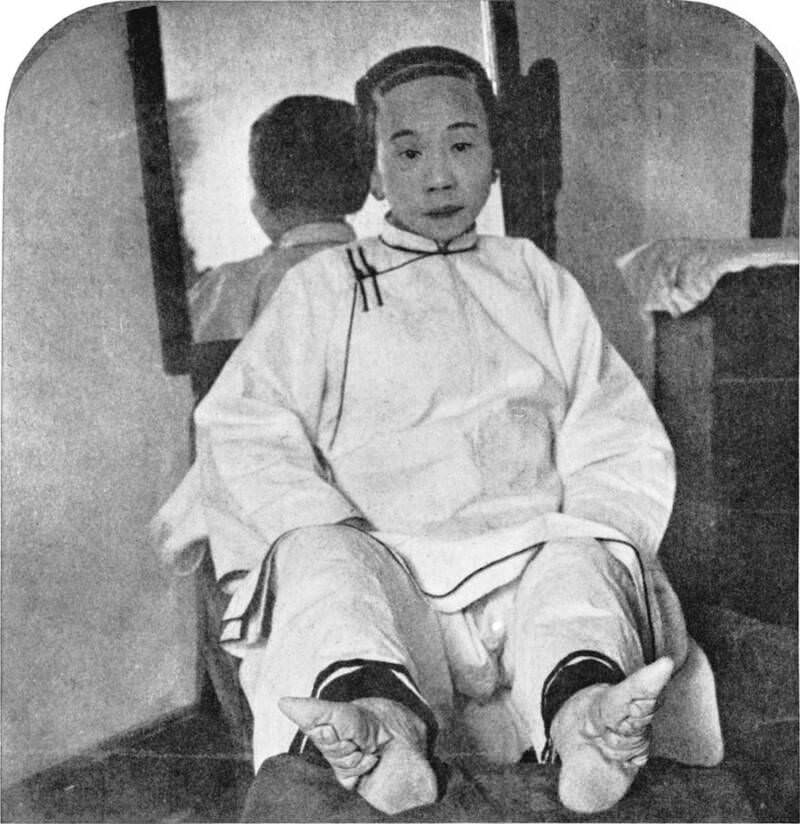
This painful tradition persisted in China for about 1,000 years. From getting their toes broken to having excess flesh snipped away, countless young girls endured an agonizing process to achieve an ideal three-inch foot, or a "golden lotus." The last shoe factory making lotus shoes only closed in 1999.
#7 The first American hydrogen bomb test creates a massive cloud over Eniwetok Atoll, in the Marshall Islands on October 31, 1952.
#8 A man stands next to an enormous container used to store wine in Kakheti, Georgia, 1881.
#9 Jack the baboon worked on the railway system in South Africa for 9 years in the late 19th century — and never made a single mistake.
#10 On November 10, 1938, Maryland inventor George Stern displays his invention, a highly volatile fluid that vaporizes so rapidly that flames from the gases released will not burn.
#11 A man poses with a motorcycle equipped with skis in order to travel through the snow in Kehrsatz, Switzerland during World War I.
#12 A dog named Laika, the first living creature ever sent into space, sits aboard the Soviet Sputnik II spacecraft, launched from Kazakhstan on November 3, 1957.
#13 A man demonstrates a steel cap, splinter goggles (vision is obtained through thin slits in goggles), and a steel dagger gauntlet, manufactured for the British military during World War I.
#14 James Naismith, the inventor of basketball, holds an early ball and basket used for the game at an unspecified date sometime prior to 1939.
#15 German youths wear bike tires repurposed as swimming aids, 1925.
#16 A pair of thylacines stand in their enclosure at the National Zoo in Washington, D.C., circa 1904.
#17 A soldier sprays the interior of an Italian house with a mixture of DDT and kerosene in order to control malaria during World War II, circa 1945.
#18 Waiters serve lunch to two steel workers on a girder high above New York City on November 14, 1930, during construction of the famed Waldorf-Astoria Hotel.
#19 French neurologist Guillaume-Benjamin-Amand Duchenne (right) carries out an experiment in electrophysiology.
#20 In April 1926, dozens of Ku Klux Klan members in Cañon City, Colorado walked down Main Street and enjoyed some fun and frivolity on a traveling carnival’s Ferris wheel.
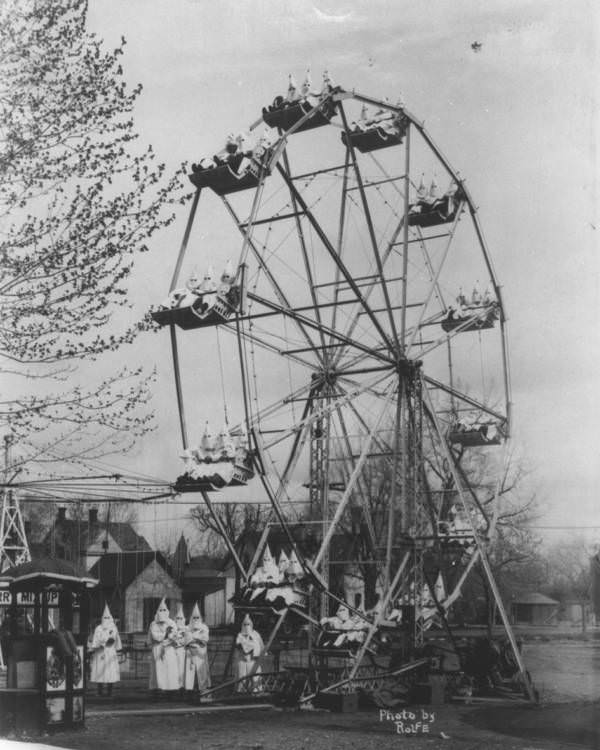
There they posed for a photo at the carnival owner's insistence and a story about it appeared on the front page of the local newspaper the next day.At the time, the Klan was at the height of its popularity in America and often free to conduct its business in the open and with the government's blessing. Local children of Klan members were even known to write "KKK" on their school uniforms and call themselves the Ku Klux Kids.
#21 A woman tests a stroller intended to be resistant to gas attacks in Hextable, England in 1938, not long before the outbreak of World War II.
#22 A picnic at Los Angeles’ California Alligator Farm, where patrons were allowed to mingle freely among trained alligators from 1907 to 1953.
#23 Adolf Hitler poses in lederhosen, circa 1930s.Hitler had this photo and several others banned because, in his opinion, they undermined his dignity.
#24 Members of the Young Pioneers, a Soviet government youth group, don gas masks as part of an attack preparation drill in the Leningrad area in 1937.
#25 One of the largest horses in history, Brooklyn Supreme stood 6’6″ and weighed in at 3,200 pounds during the 1930s.
#26 The Cyclomer, an amphibious bicycle that never caught on following its introduction in Paris in 1932.
#27 Las Vegas in 1955, before glitz and glam became a common sight.
#28 A 106-year-old woman sits in front of her home guarding it with a rifle, in Degh village, near the city of Goris in southern Armenia in 1990.
#29 In 1917, 16-year-old Elsie Wright and her nine-year-old cousin Frances Griffiths took photos with the “Cottingley Fairies” in the village of Cottingley, near Bingley in West Yorkshire.
#30 Thanks to heavy fog, the steamship Princess May ran aground in Alaska in 1910.
#31 For a brief period in the 1930s, mothers in London kept their babies in cages suspended outside their windows to give them fresh air. Miraculously, no injuries or deaths were ever reported.
#32 Robert McGee was left permanently scarred after surviving a scalping at the hands of the Sioux tribe in 1864, when he was just a 13-year-old orphan.
#33 Spectators watch a horse diving act at an unspecified location (perhaps Pueblo, Colorado) on July 4, 1905.
#34 Vehicles and pedestrians stand in chaos in Stockholm, Sweden on September 3, 1967, the day that the country switched from driving on the left side of the road to the right.
#35 Participants in the Beautiful Leg Contest wear pillow cases over their heads so that the judges can see only their legs.
#36 President Lyndon B. Johnson drives his Amphicar on April 10, 1965.
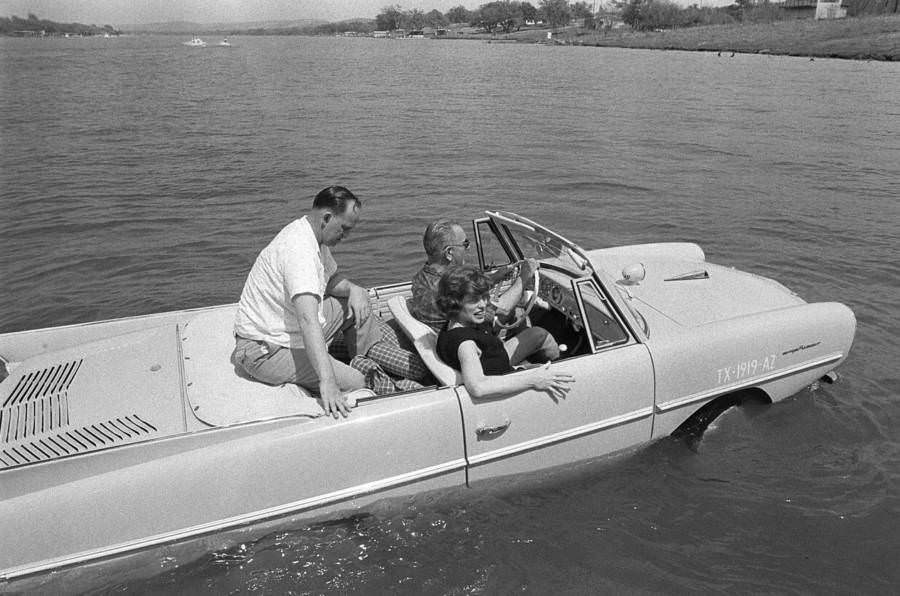
This amphibious land-to-water vehicle of West German origin was produced for several years during the 1960s.Johnson, a practical joker, reportedly enjoyed bringing unsuspecting guests into his Amphicar and exclaiming that the car's brakes had failed as it sped toward, then into, the lake on his Texas ranch.
#37 Surrealist artist Salvador Dali poses for the photograph known as Dali Atomicus, a collaboration between himself and American photographer Philippe Halsman that was published in 1948.
#38 A creepy vintage Halloween costume. Date and location unknown.
#39 Women wear plastic headgear intended to protect themselves from snowstorms in Montreal, 1939.
#40 In 1961, Soviet doctor Leonid Rogozov was stationed at a Russian base in Antarctica when he realized that he had acute appendicitis — and he was the only physician there.
#41 A woman of the Democratic Republic of the Congo’s Mangbetu tribe holds her child, circa 1929-1937.
#42 Much of Boston’s North End lies in ruin following the Great Molasses Flood of January 15, 1919.
#43 Olive Oatman was born a Mormon, but after her family was slaughtered by Native Americans.
#44 The German airship Hindenburg, swastikas and all, flies over New York City on the afternoon of May 6, 1937
#45 A U.S. Navy plane travels through a flow-induced vaporization off the coast of South Korea on July 7, 1999.
#46 Japanese Emperor Hirohito inspects his military’s acoustic aircraft locators — used to detect planes by the sounds of their engines in the days before radar — sometime prior to the end of World War II.
#47 Enos the chimpanzee lies in his fight couch before being inserted into NASA’s Mercury-Atlas 5 space capsule, in which he would become the first primate to orbit the Earth on November 29, 1961.
#48 Jakob Nacken, the tallest Nazi soldier ever at 7’3″, speaks with 5’3″ Canadian Corporal Bob Roberts after surrendering to him near Calais, France in September 1944.
#49 Cyclists smoke cigarettes while competing in the 1927 Tour de France.
#50 Alcohol, discovered by Prohibition agents during a raid on an illegal distillery, pours out of the windows of a storefront in Detroit, 1929.
#51 A man wears the Brewster Body Shield, the first body armor developed by the U.S. during World War I.
#52 The as-yet unassembled face of the Statue of Liberty sits unpacked in New York soon after its delivery from France on June 17, 1885.
#53 An enormous octopus balloon rises from the ground at the barrage balloon training center of Tennesse’s Camp Tyson, circa World War II.
#54 Serbian scientist Nikola Tesla sits near his magnifying transmitter.
#55 Jonathan the tortoise in Saint Helena in March 2020.
#56 A pile of American bison skulls sits at an unspecified location, waiting to be ground down into fertilizer, circa mid-1870s.
#57 A man holds a Krummlauf, an experimental curved rifle barrel attachment developed by the Nazis during World War II in order to shoot around walls and over barriers.
#58 A man wears an early version of roller skates powered with pedals and wheels, 1910.
#59 English archaeologist Howard Carter first opens the innermost portion of King Tutankhamun’s tomb soon after its discovery near Luxor, Egypt in 1922.
#60 A boy stands near a pissoir, one of the many outdoor urinals installed on the streets of Paris starting in the mid-19th century. At their peak, Paris’ pissoirs numbered more than 1,000.
#61 A train lays wrecked after entering Paris’ Montparnasse station too fast and failing to brake before crashing through the station wall and down onto the street below on October 22, 1895.
#62 Wojtek — the Syrian bear that the Polish II Corps had officially enlisted into their ranks
#63 German-American farmer John Meints displays the ill effects of the attack he suffered on August 19, 1918,
#64 Inventor Hugo Gernsback models his television goggles for LIFE magazine in 1963.
#65 Eight beams from the American nuclear missile known as the Peacekeeper light up the skies above Kwajalein Atoll in the Marshall Islands during a test launch in 1984.
#66 In the winter of 1936, a clothier in Denmark came up with an odd but effective sales scheme
#67 Two men construct a death mask in New York, circa 1908.
#68 A French Red Cross dog wears a gas mask, 1917.
#69 Smog lies over Almaty, Kazakhstan on January 12, 2014.
#70 A Native American telephone switchboard operator sits at work at Montana’s Many Glacier Hotel on June 26, 1925.
#71 A Chinese car driver who was convicted for speeding poses for a photo after being condemned to wear the traditional cangue
#72 Joe Arridy gives his toy train to another inmate before he’s taken to the gas chamber in 1939. Called by the warden “the happiest prisoner on death row,” Arridy had an IQ of 46.
#73 In July 1921, a crowd reportedly consisting of approximately 10,000 men gather outside the New York Times building
#74 A Mongolian woman sits trapped inside a wooden box as a form of punishment, 1913.
#75 Before Tim Allen became a household name for grunting on “Home Improvement,” he was a low-level drug dealer who walked through an airport with a pound of cocaine.
#76 After John Dillinger was shot and killed by the FBI in 1934, a Chicago morgue put the bank robber’s body on display to the public.
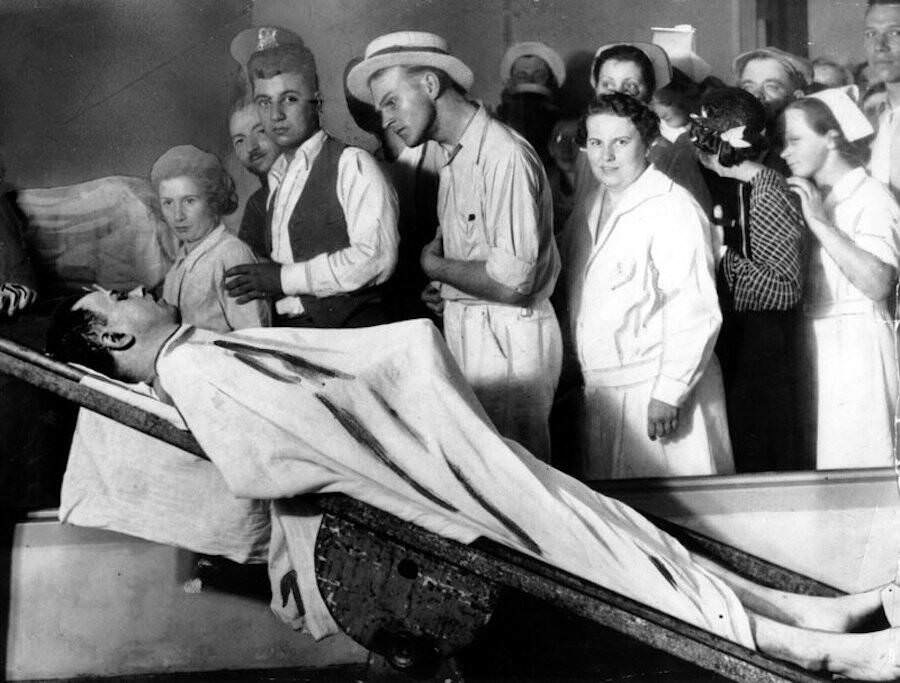
Thousands of spectators lined up to see the fallen criminal, who by that point had become a mythical Robin Hood figure of sorts.Though there is little evidence Dillinger ever shared his wealth, he had fully captured the public's imagination as a hero fighting Depression-era authorities — as well as being a renowned womanizer.


